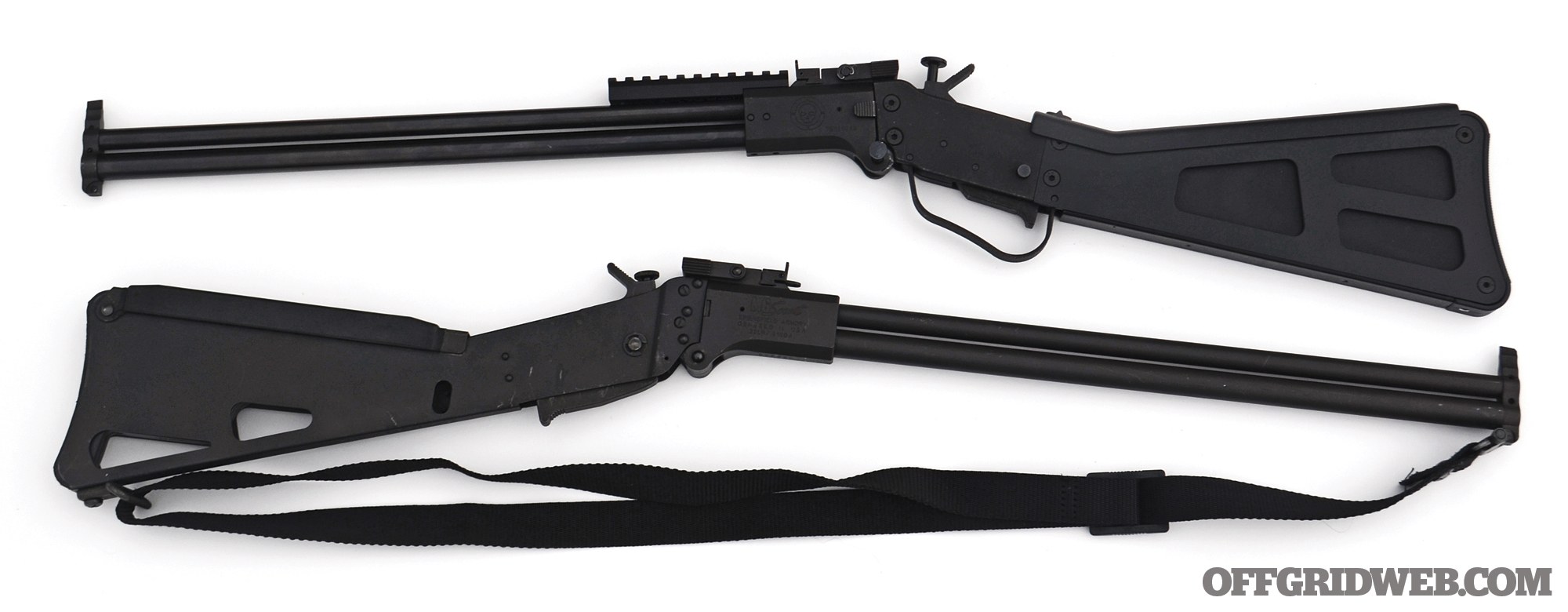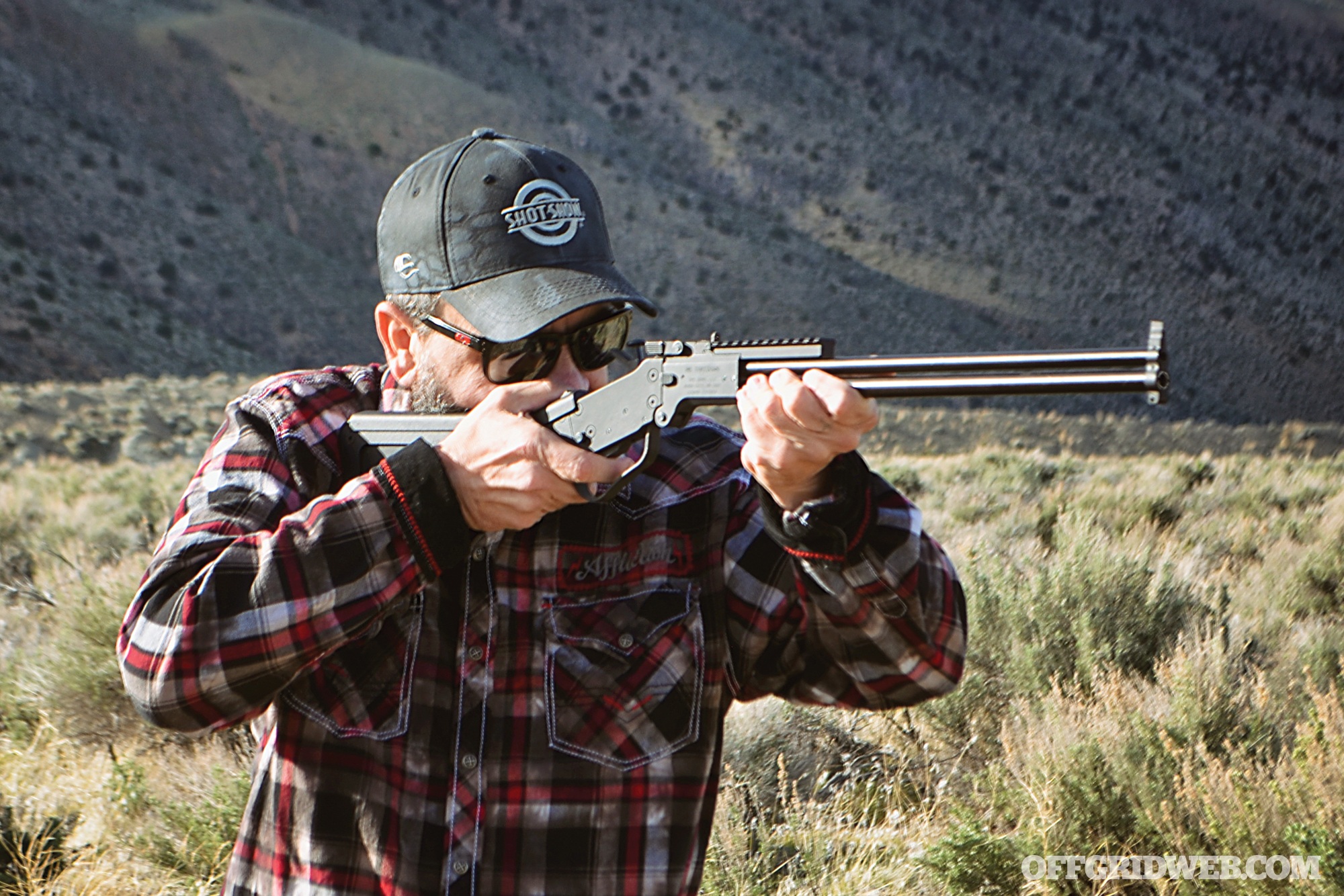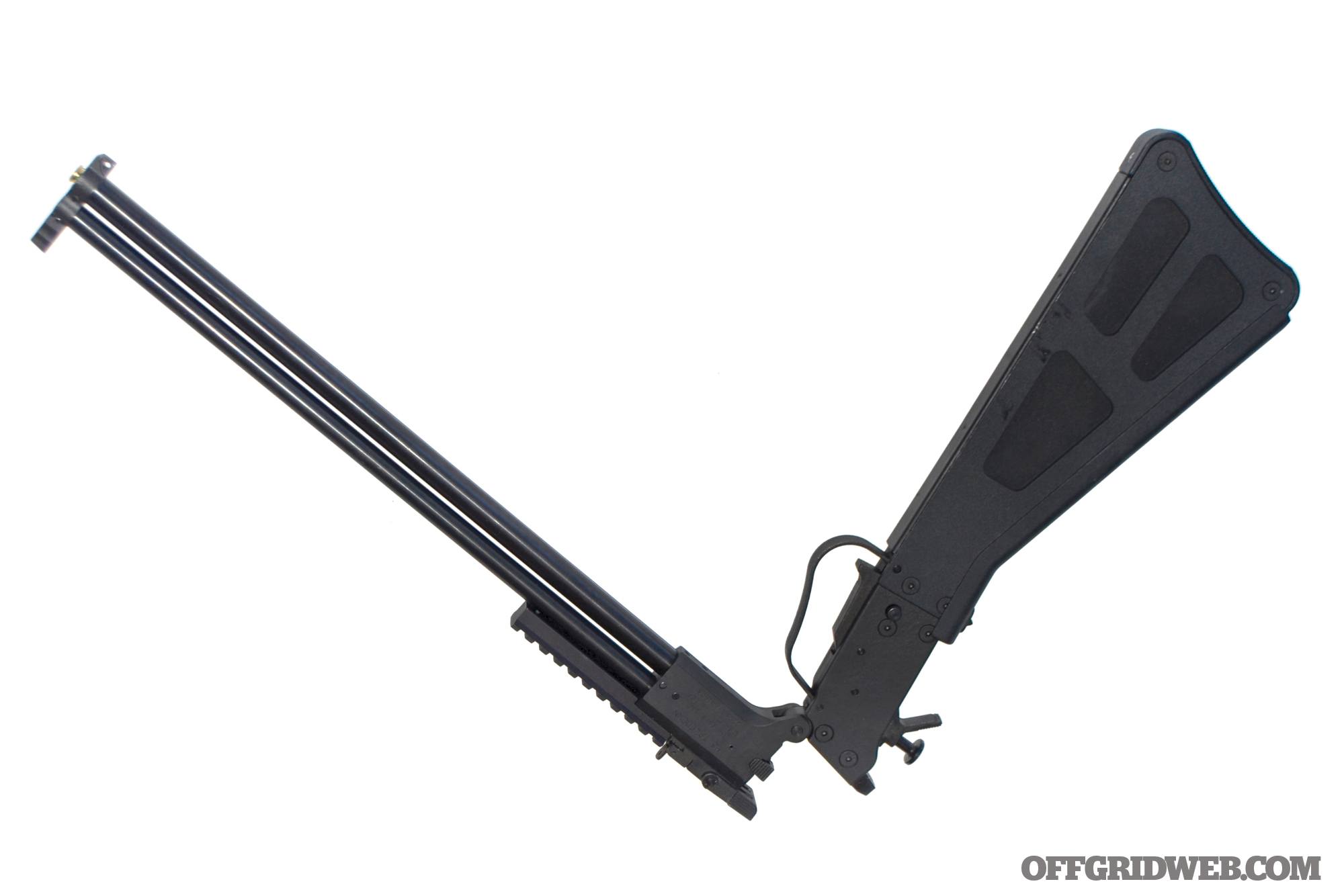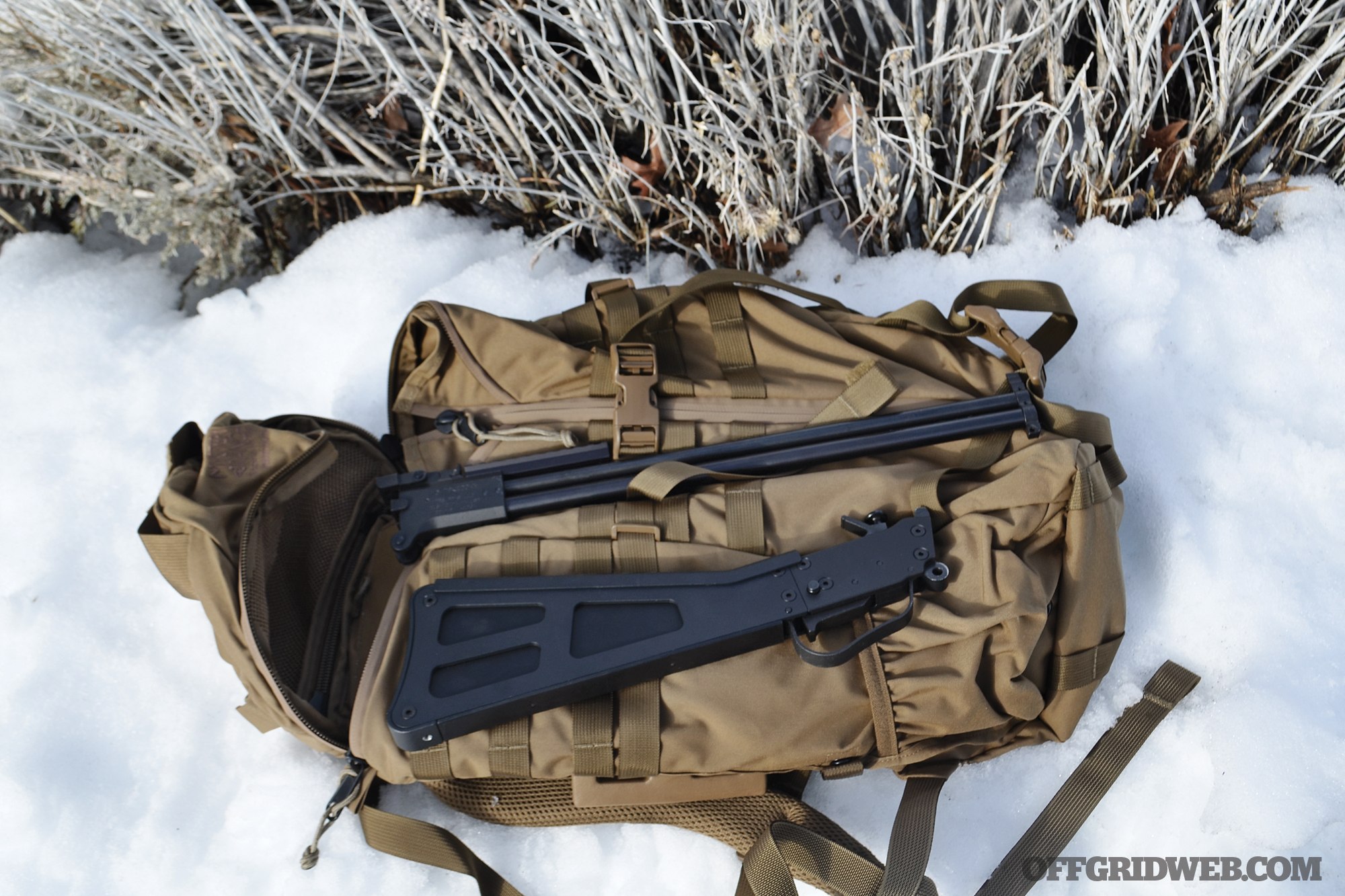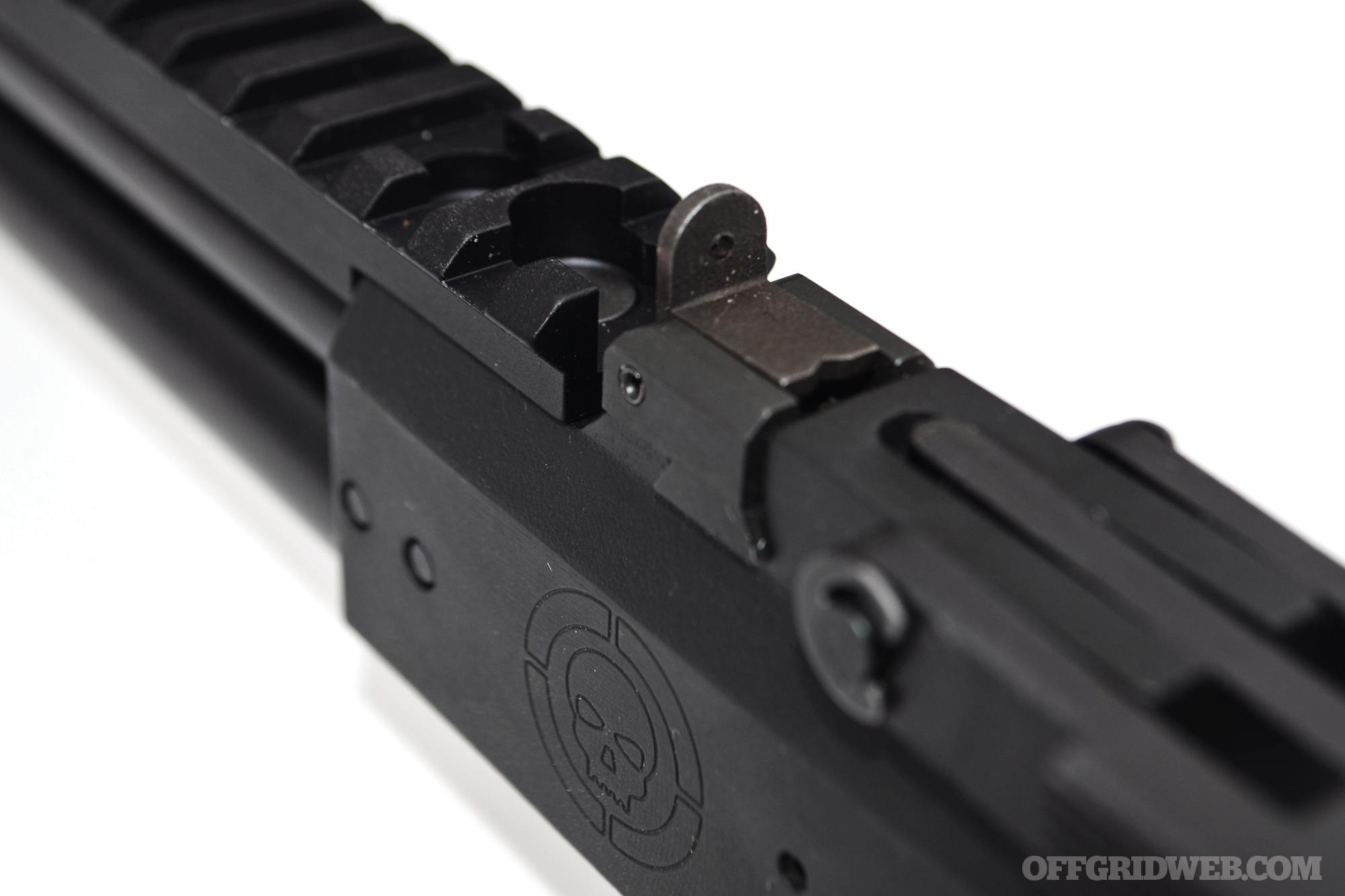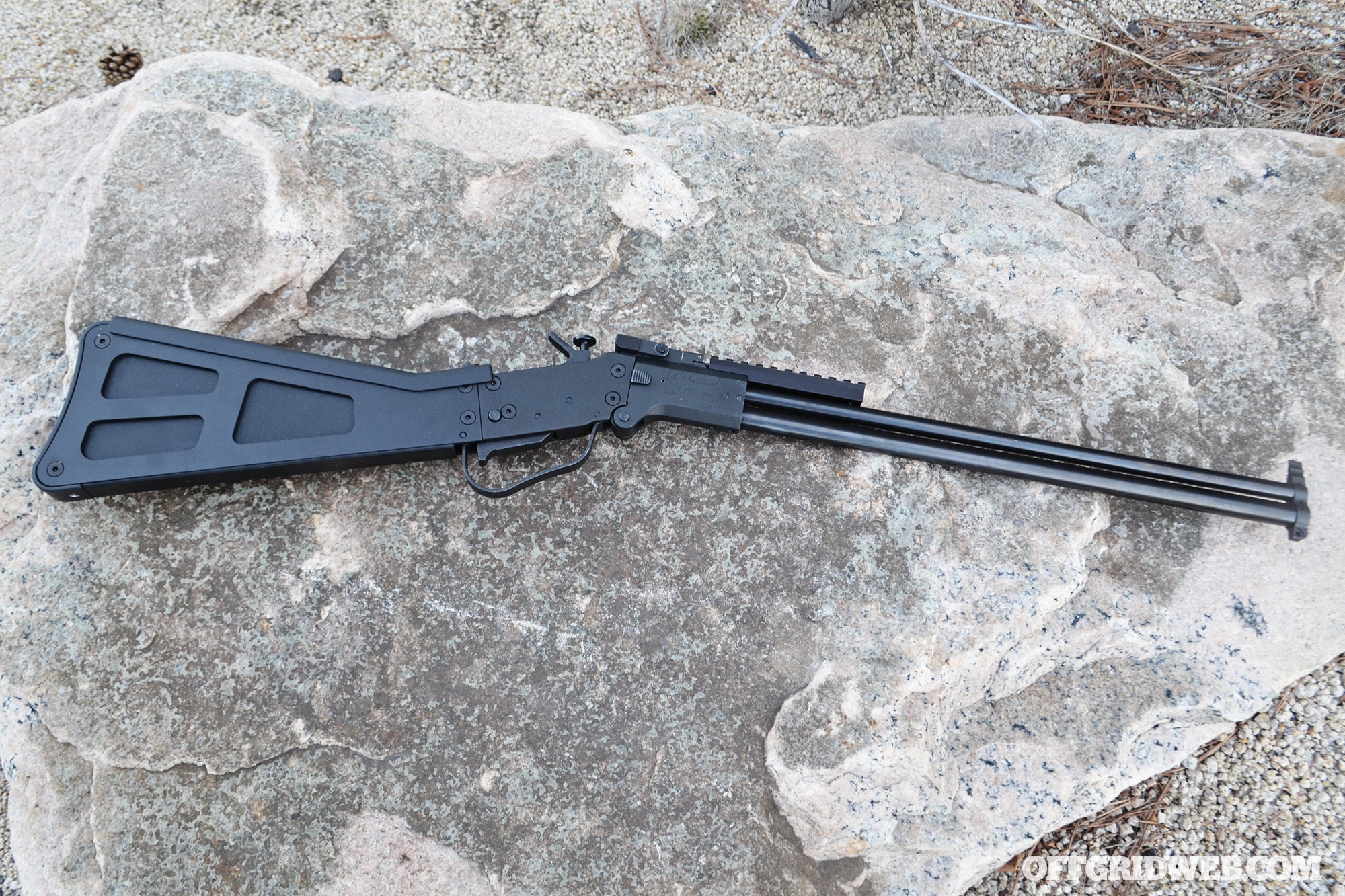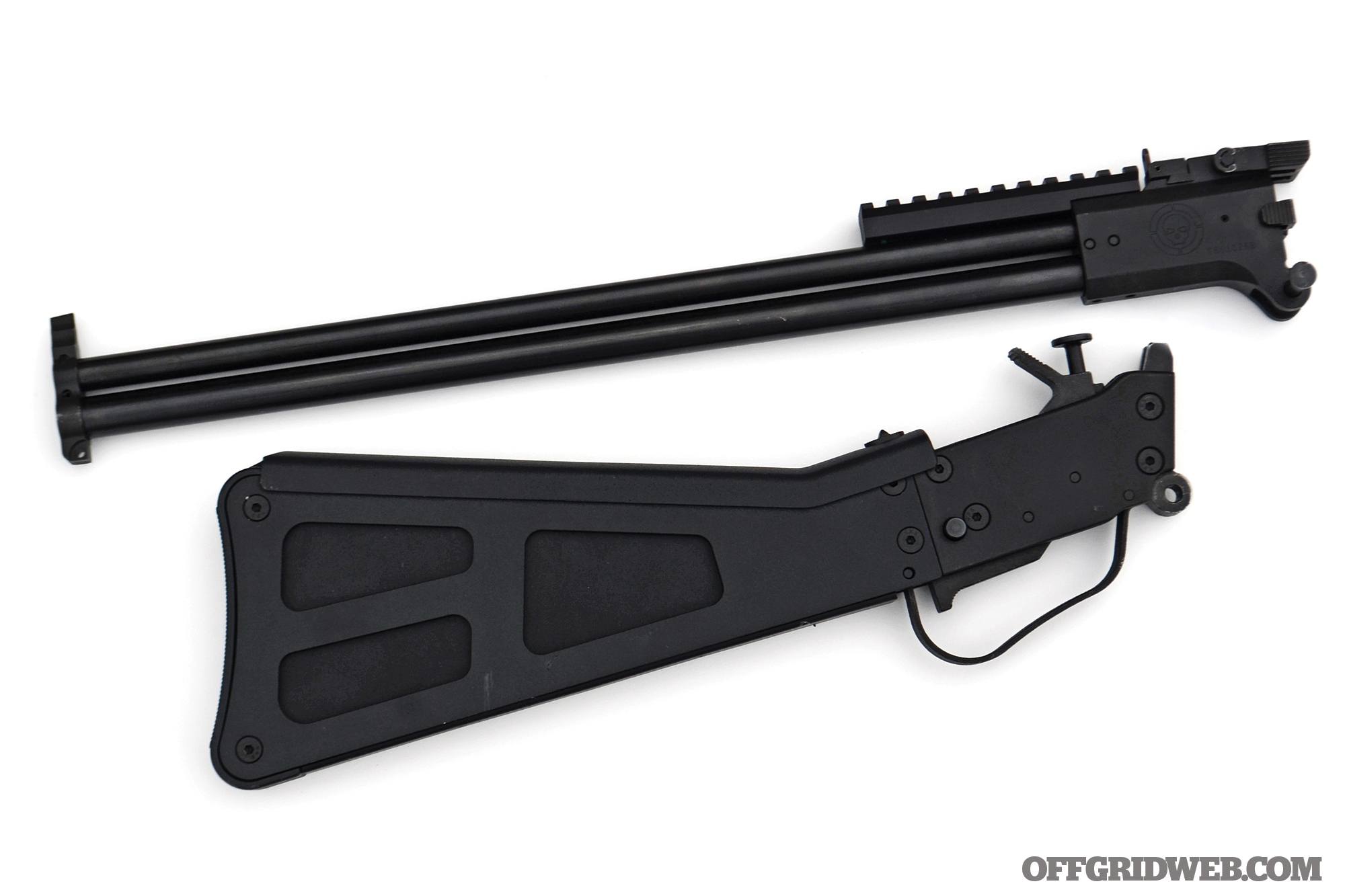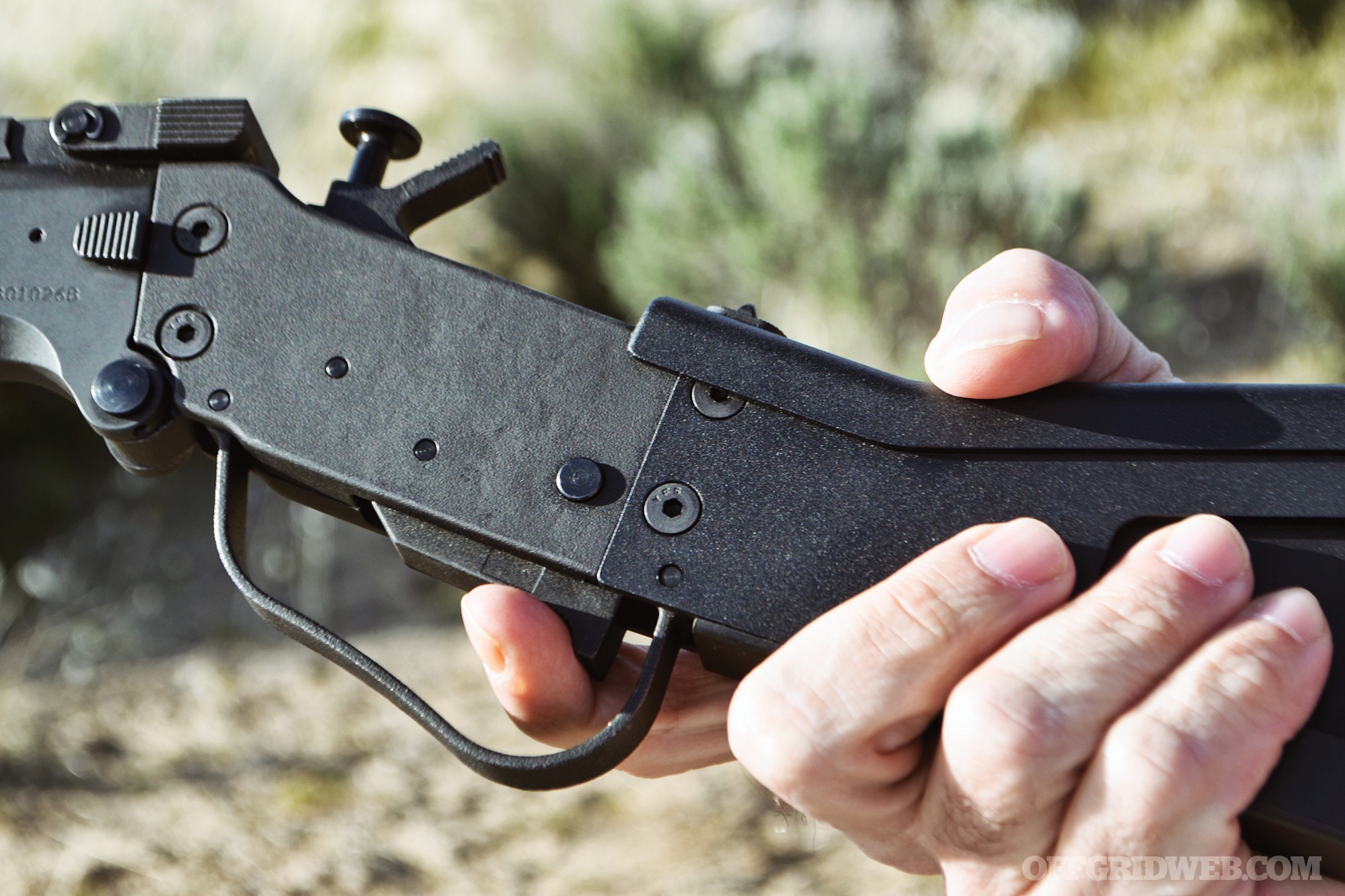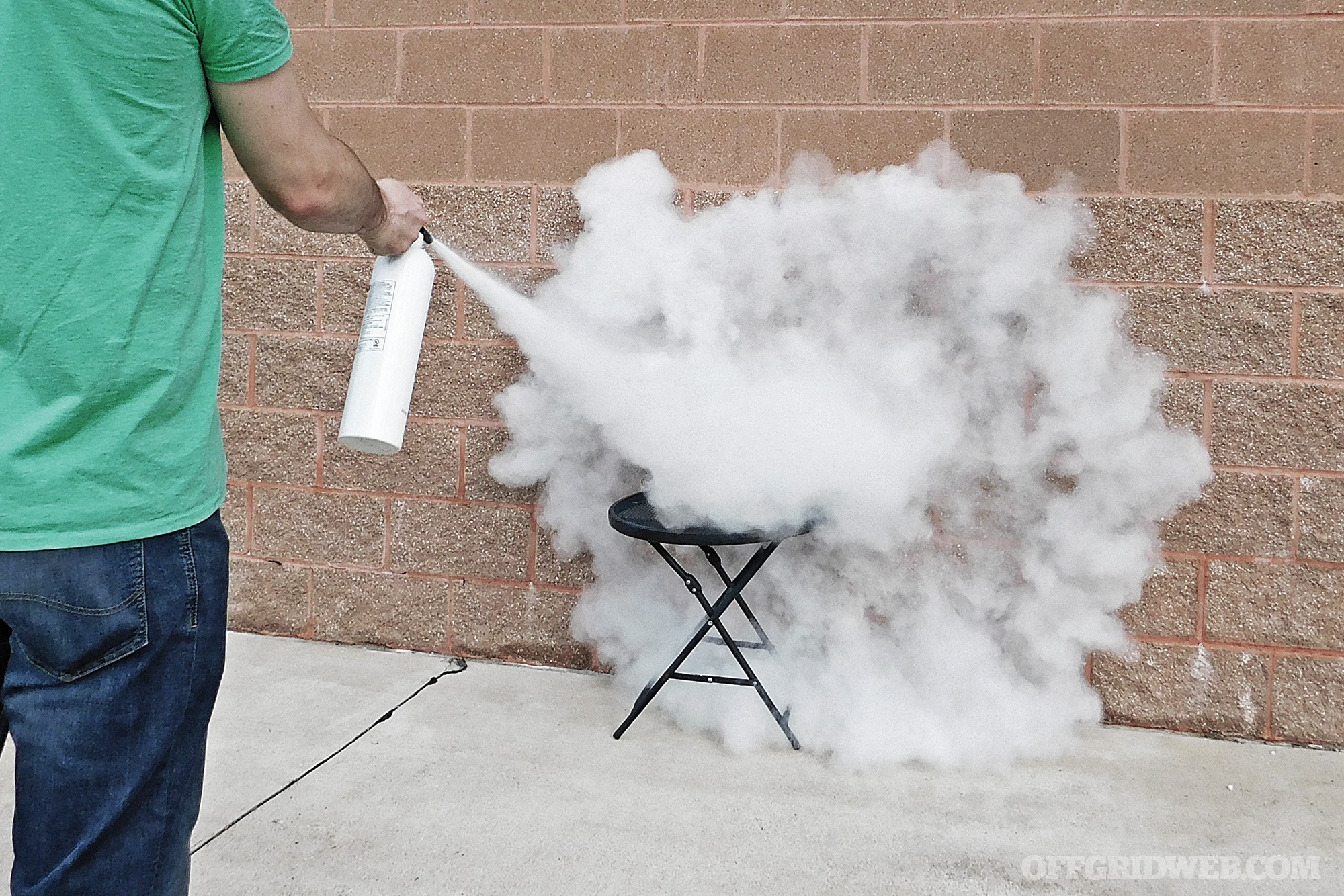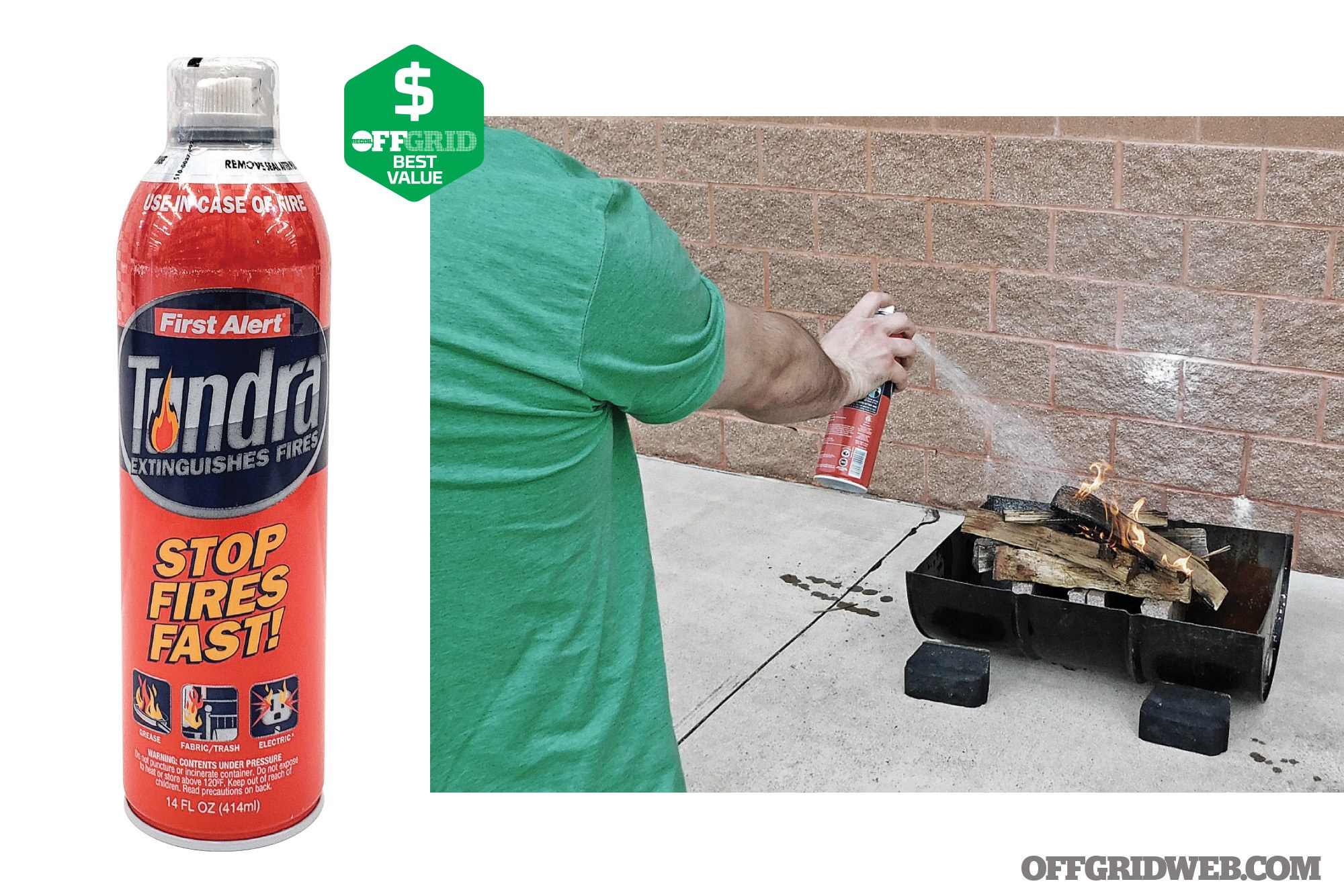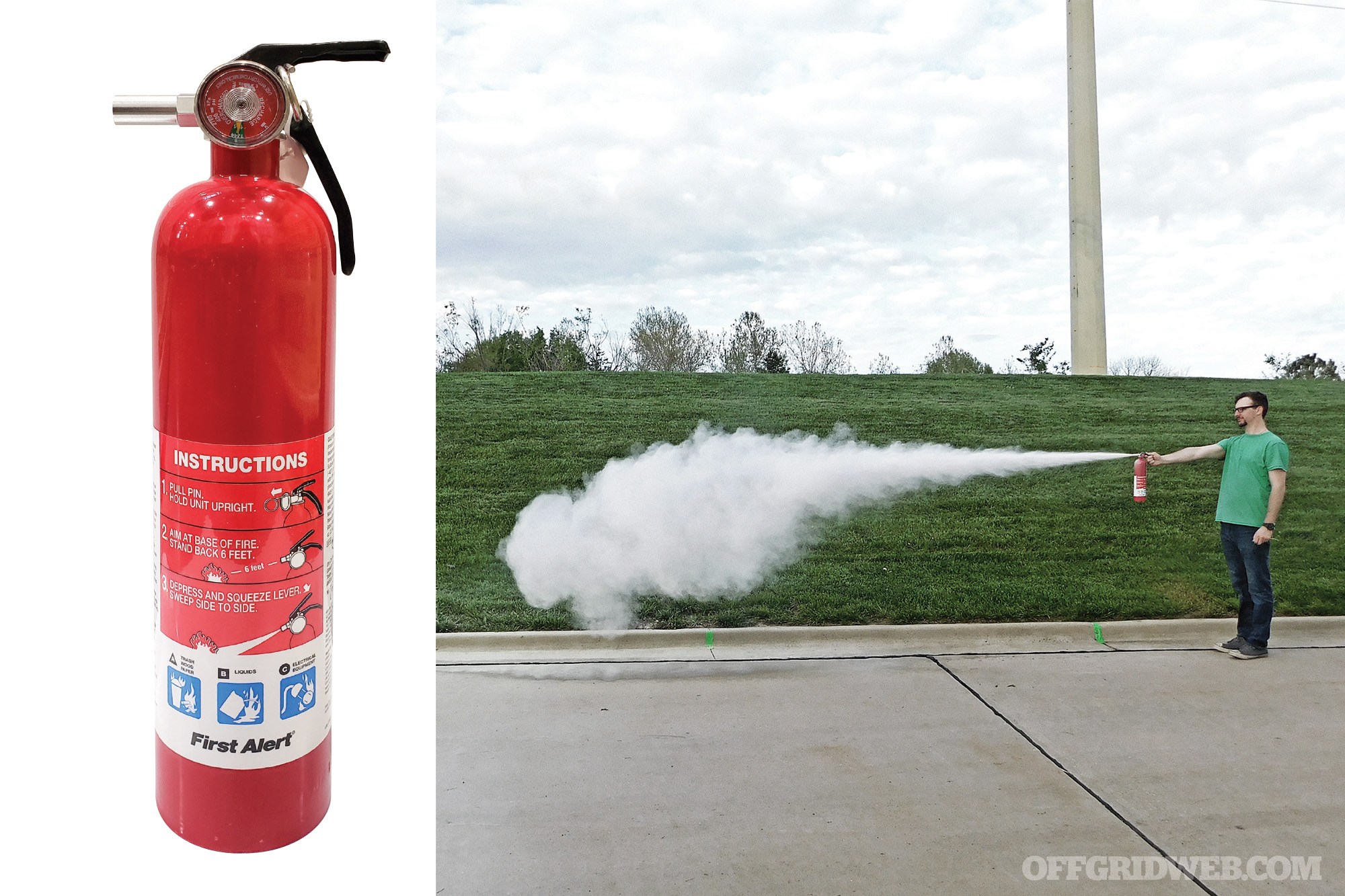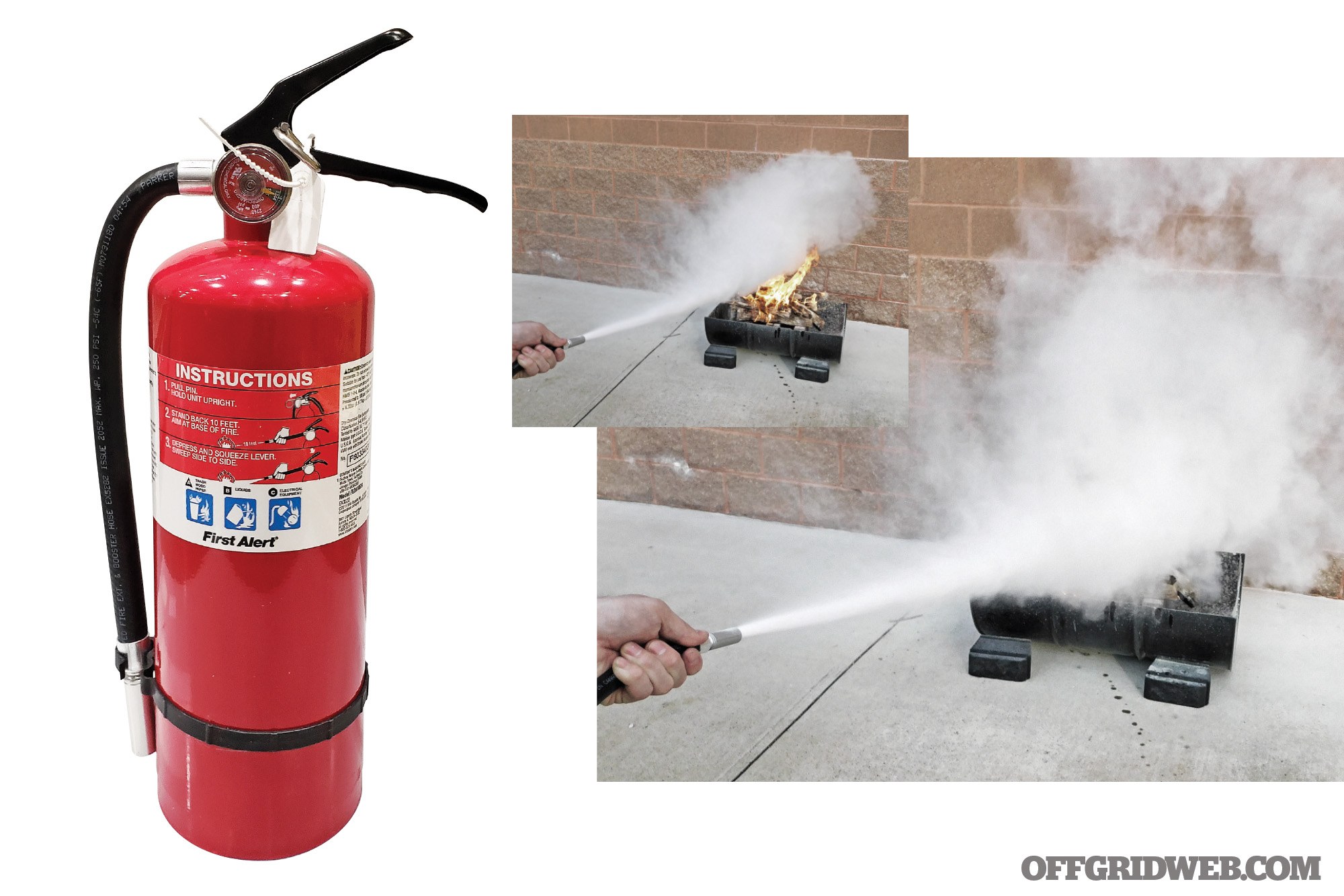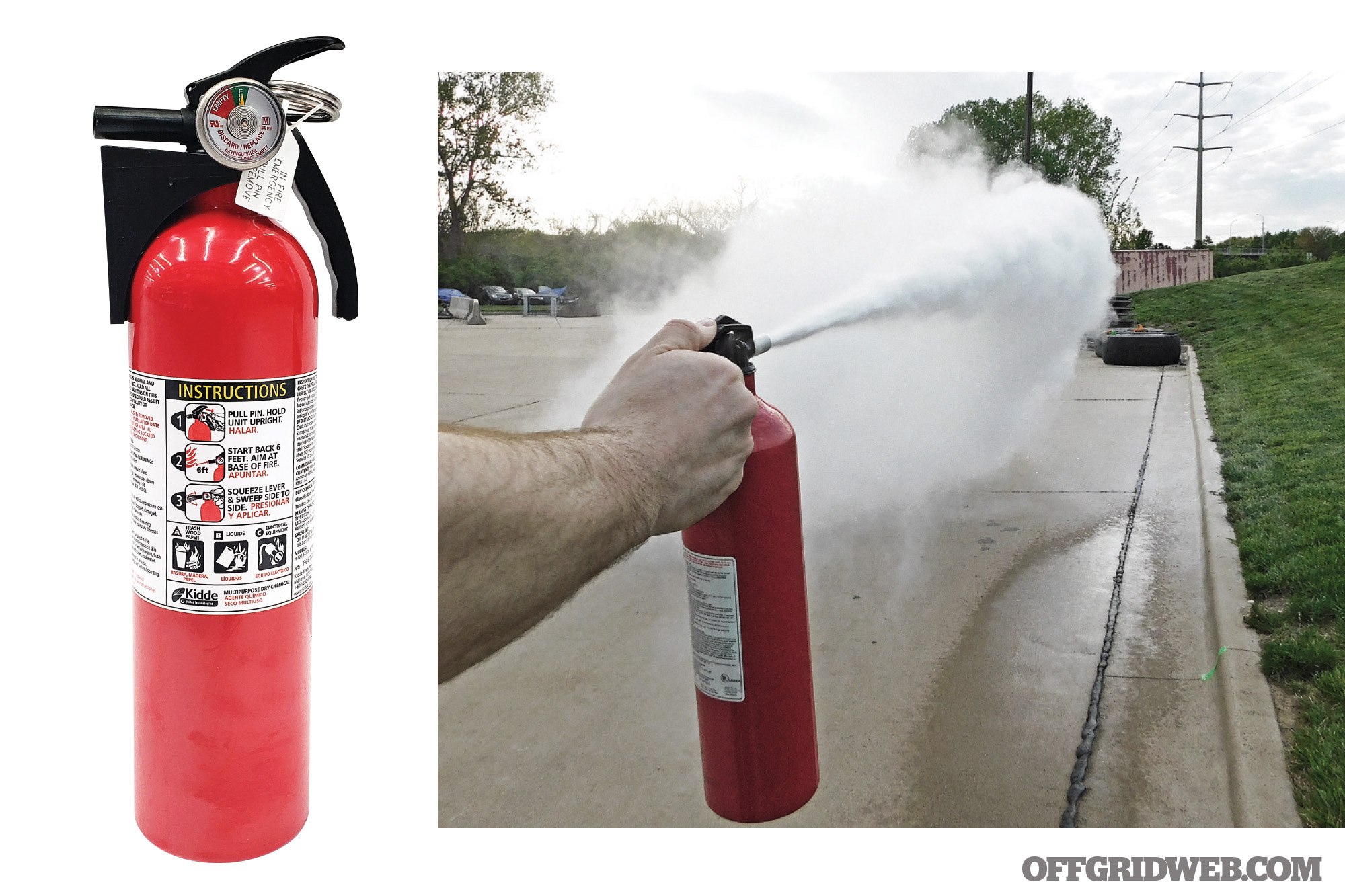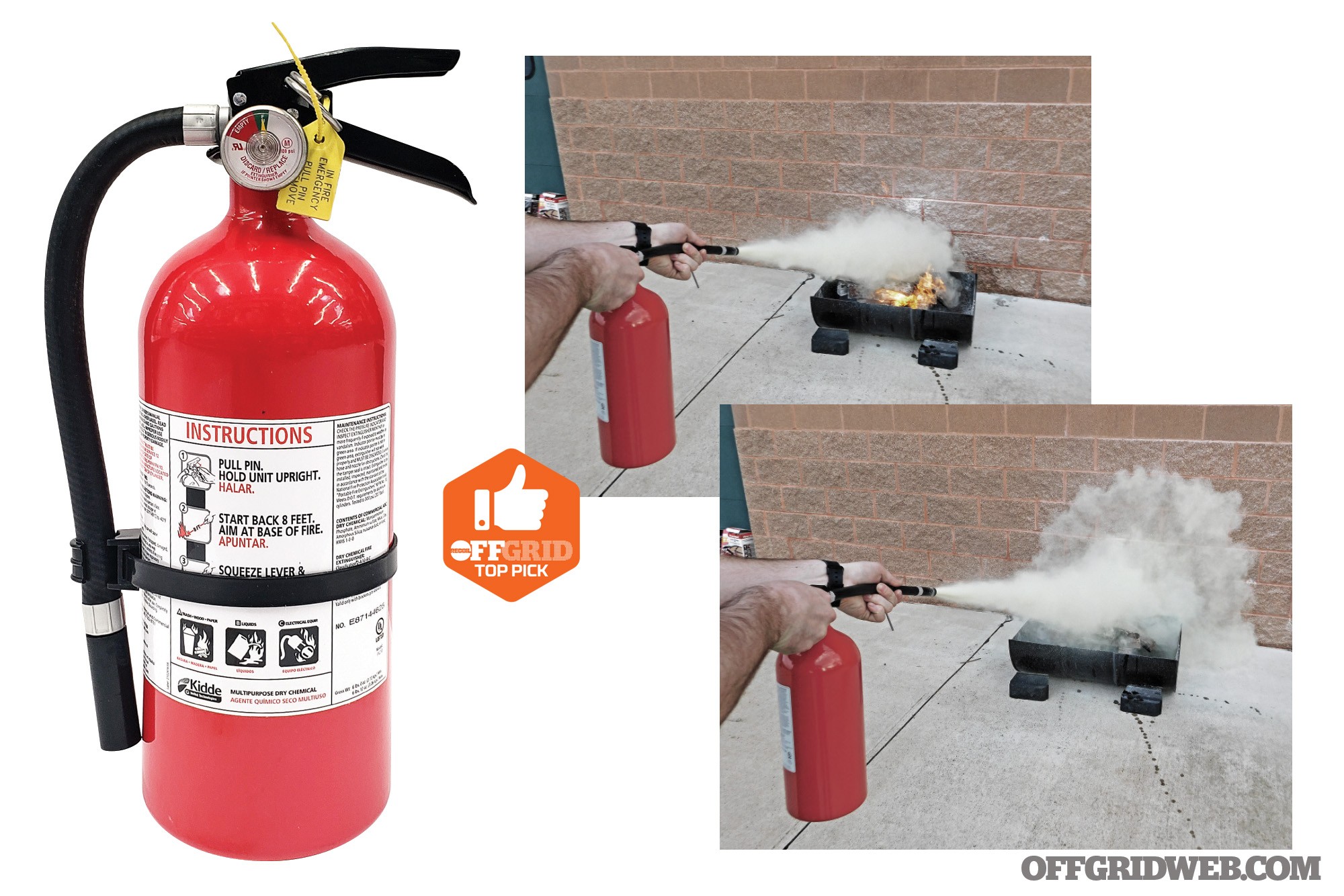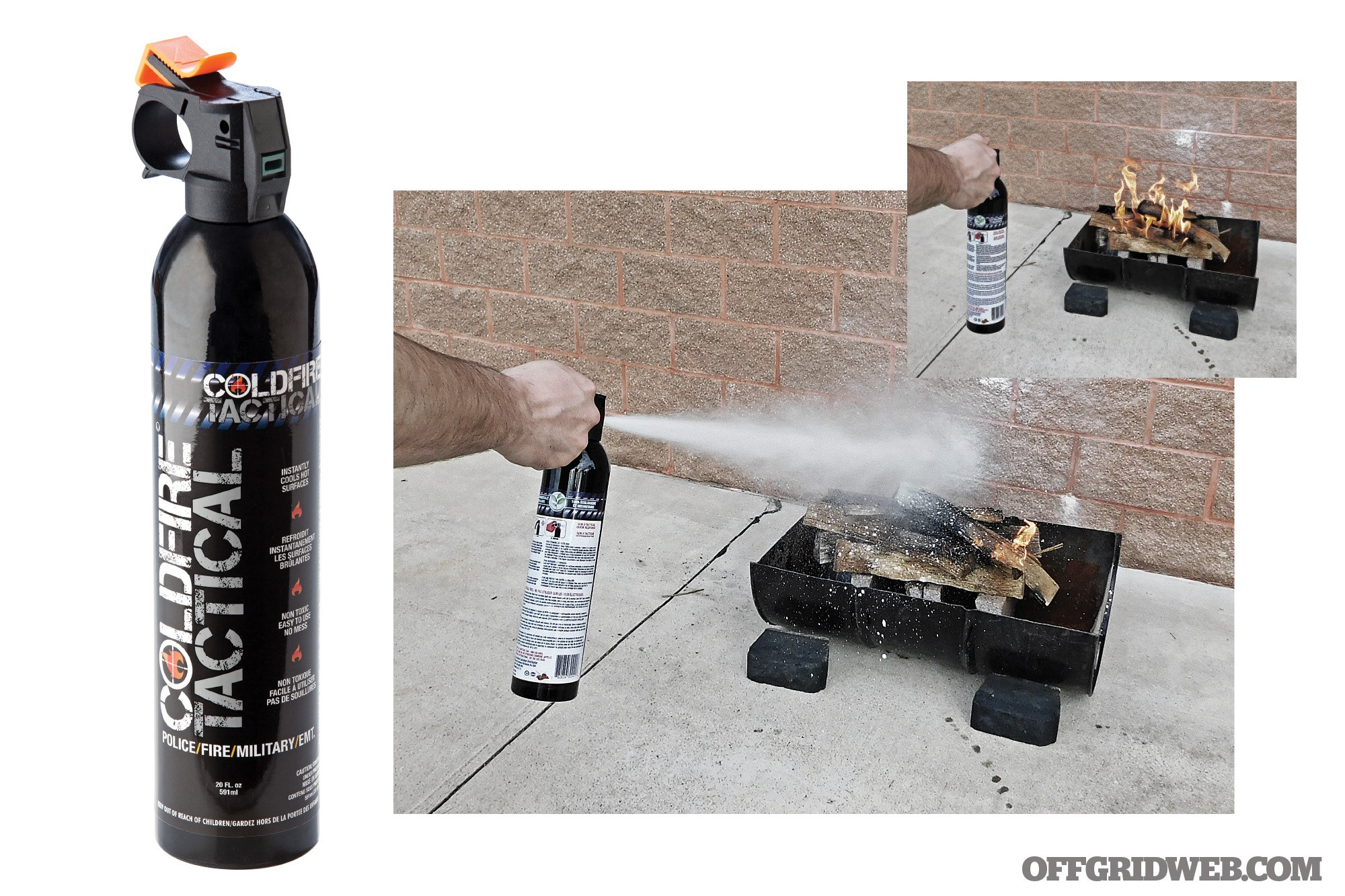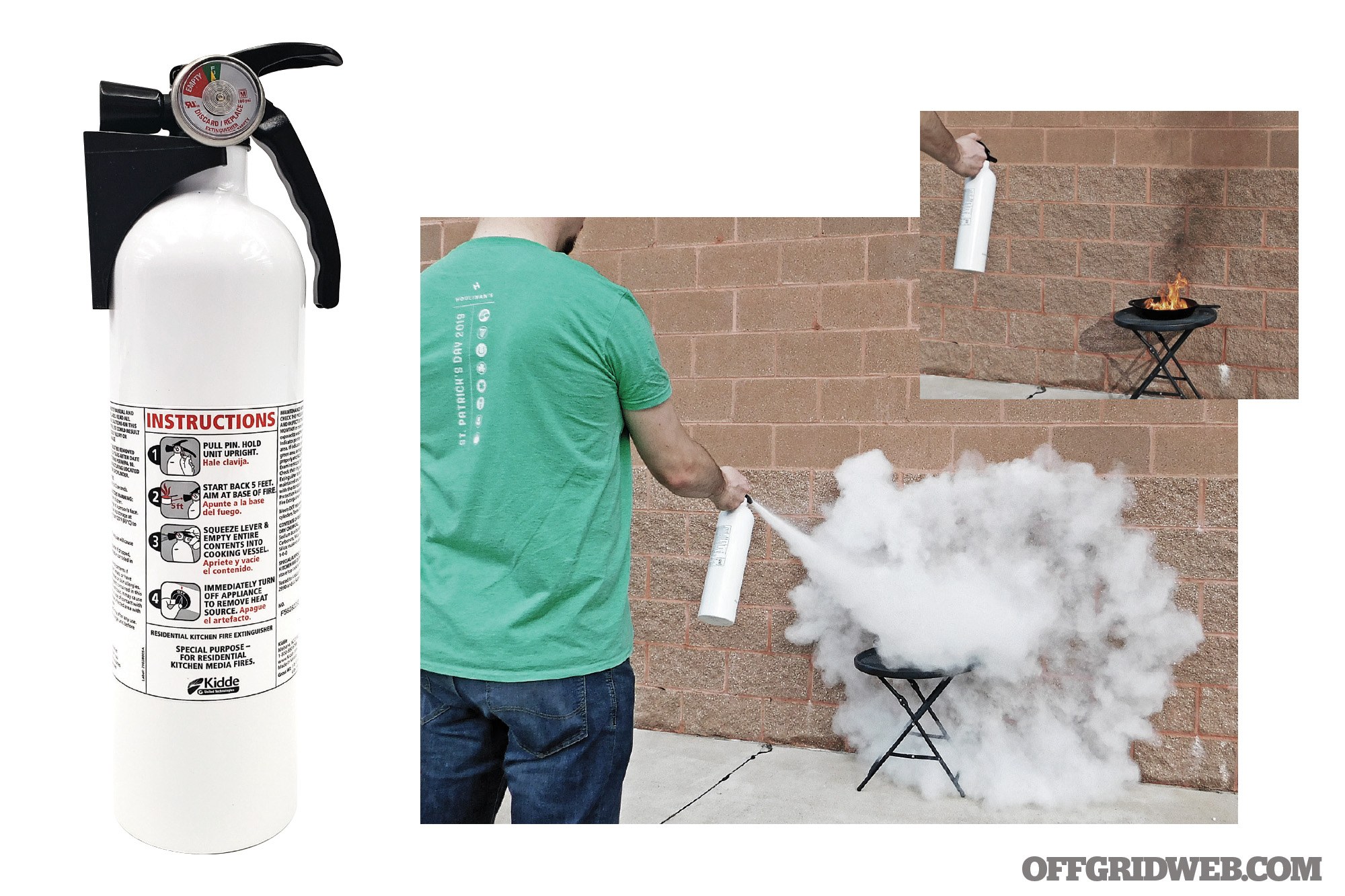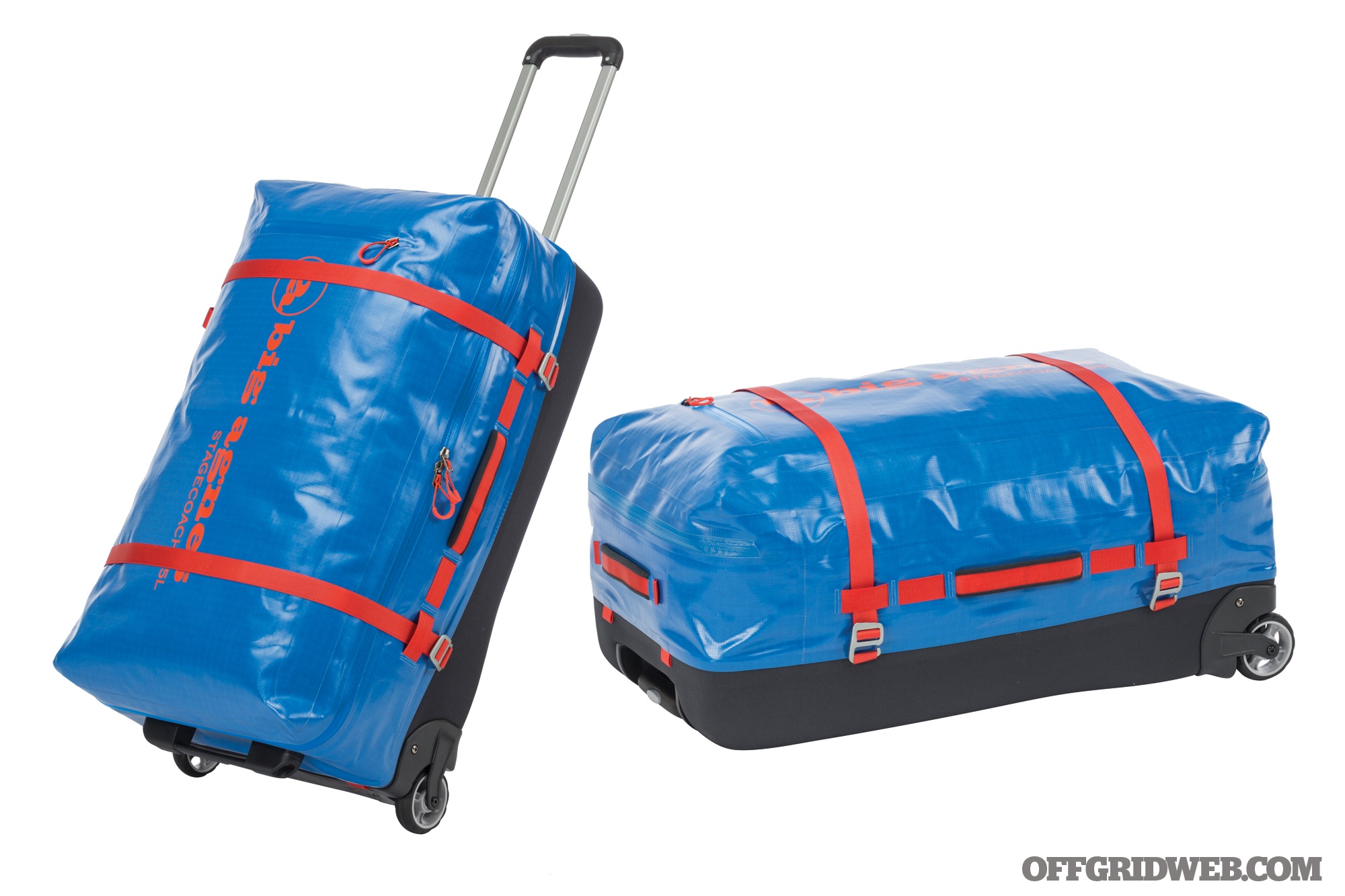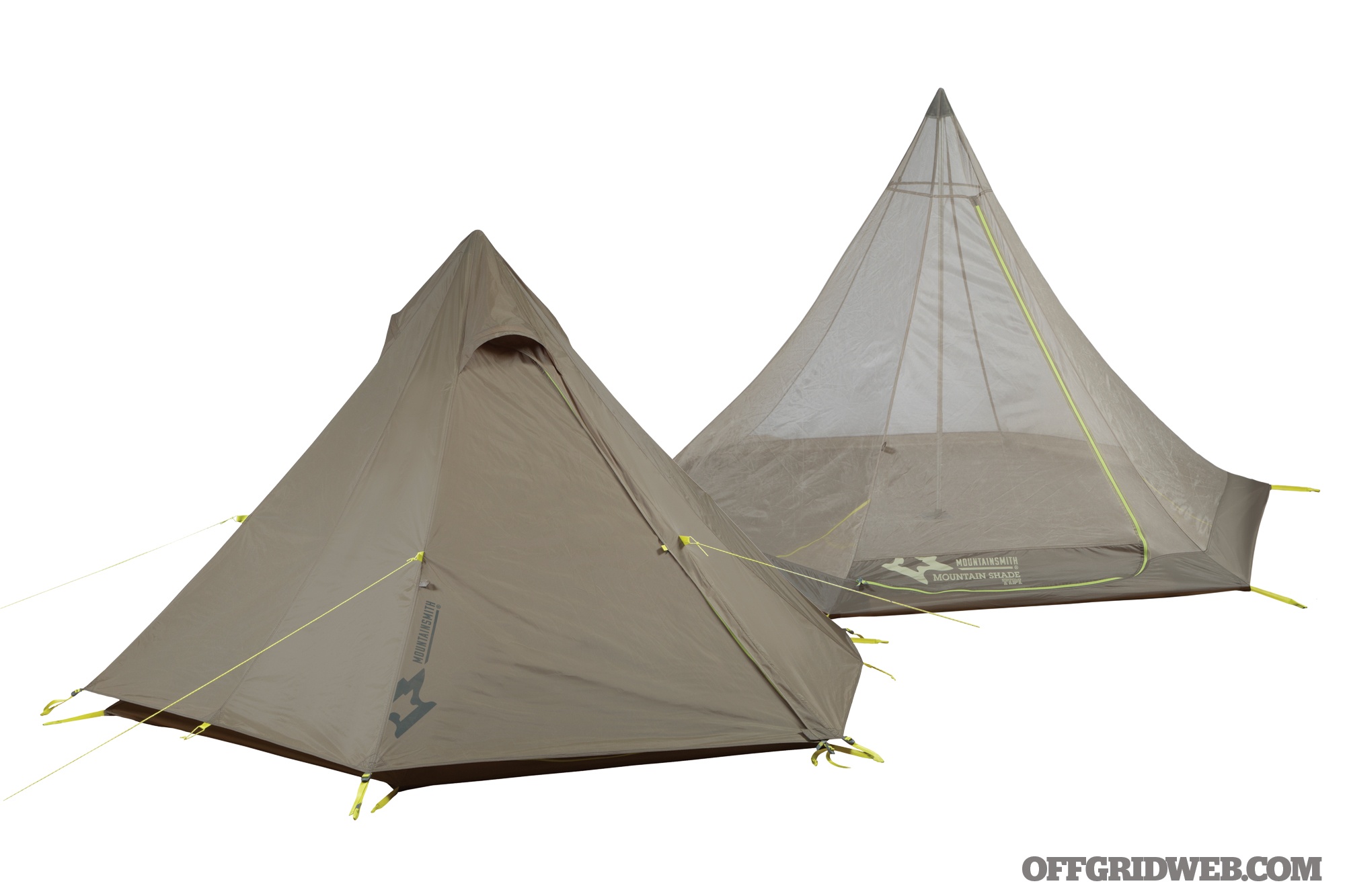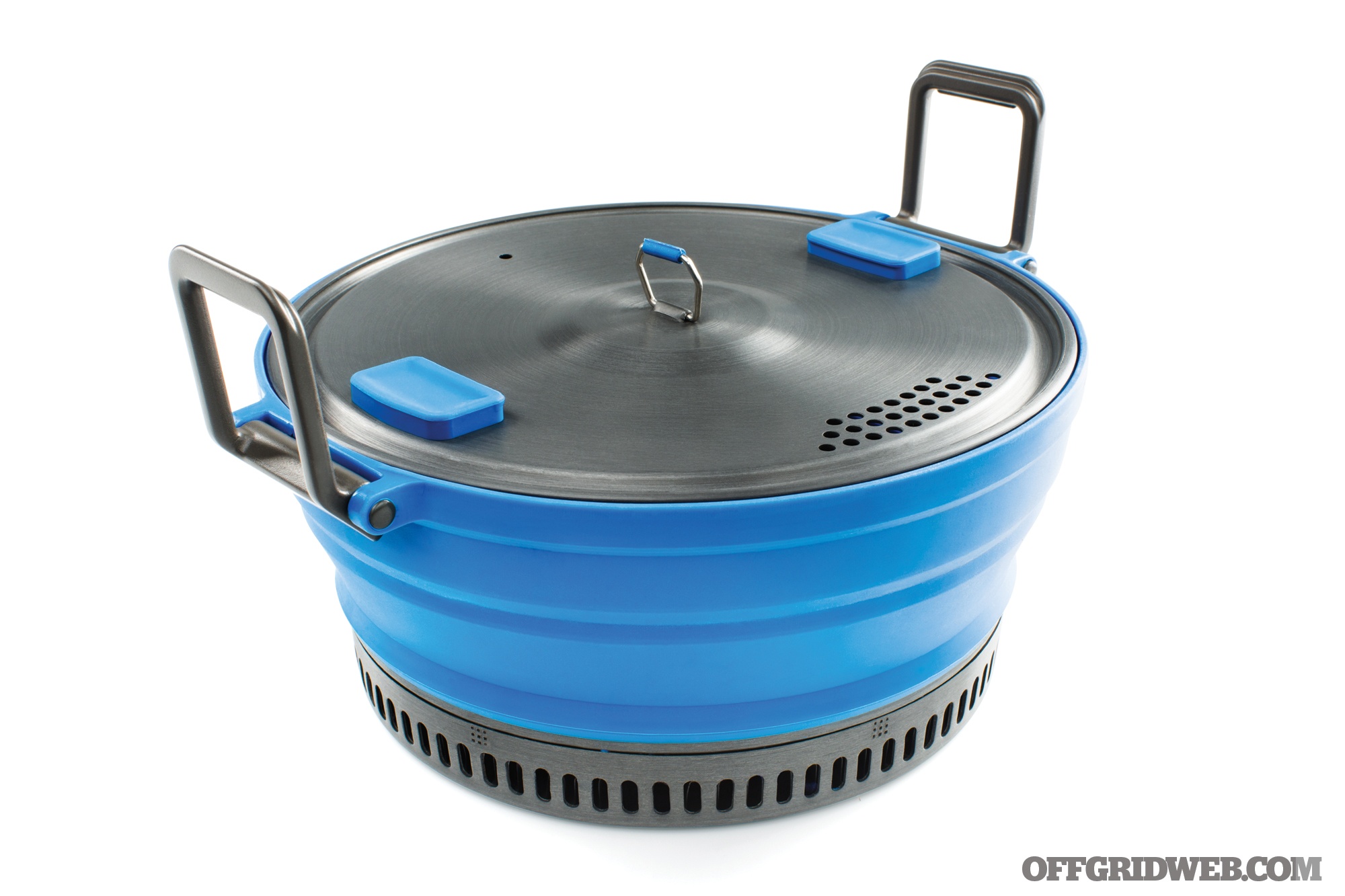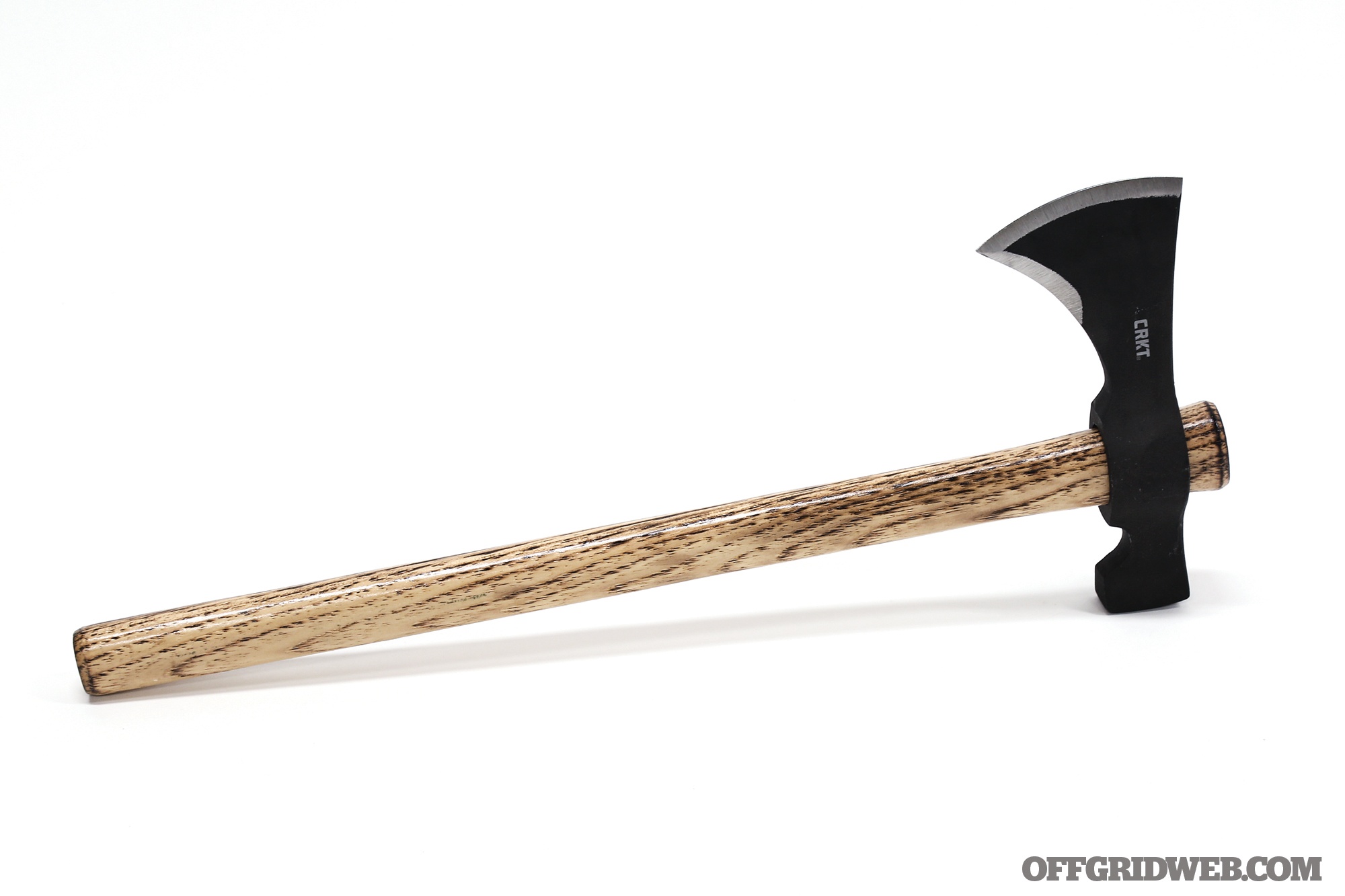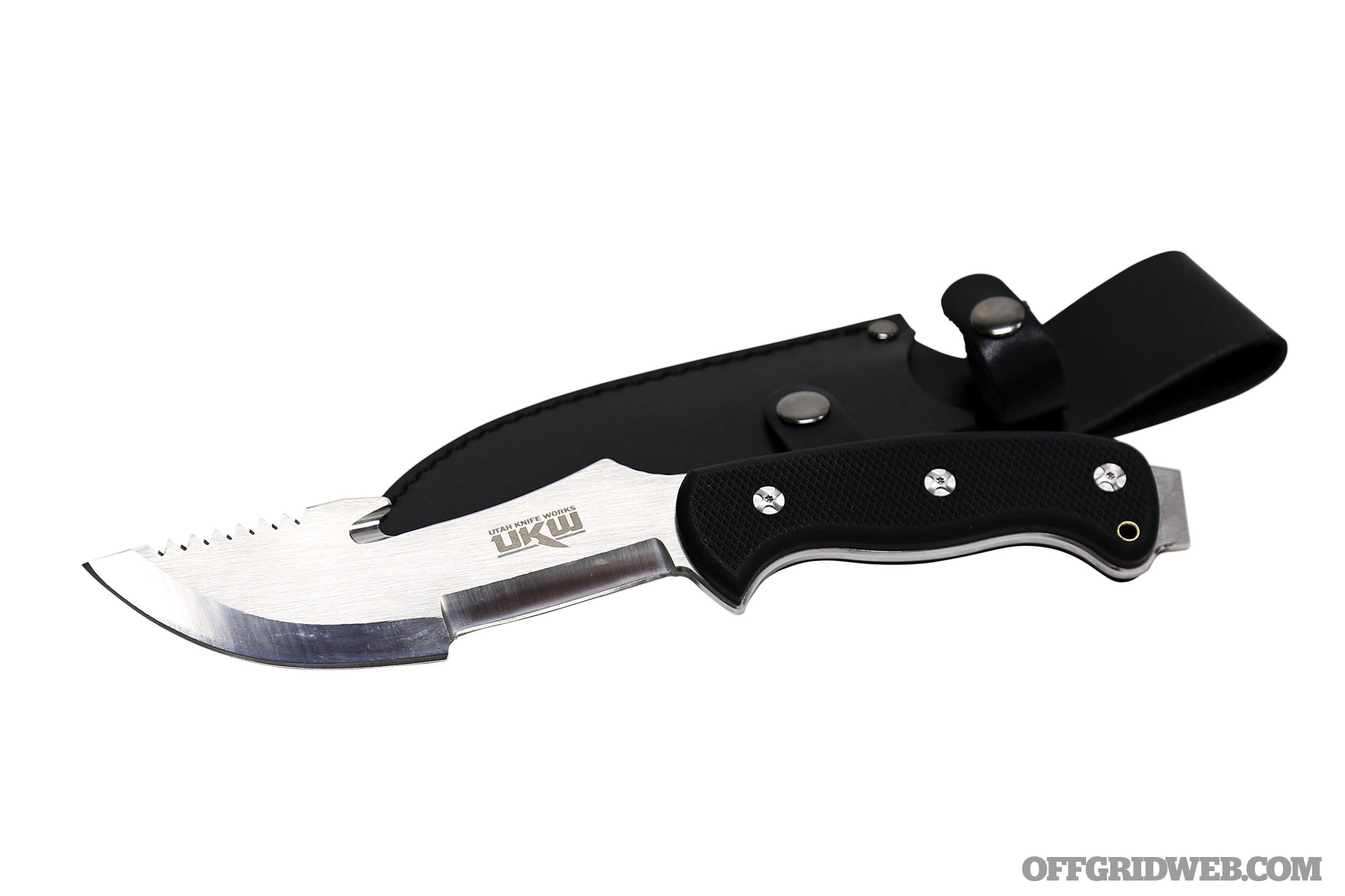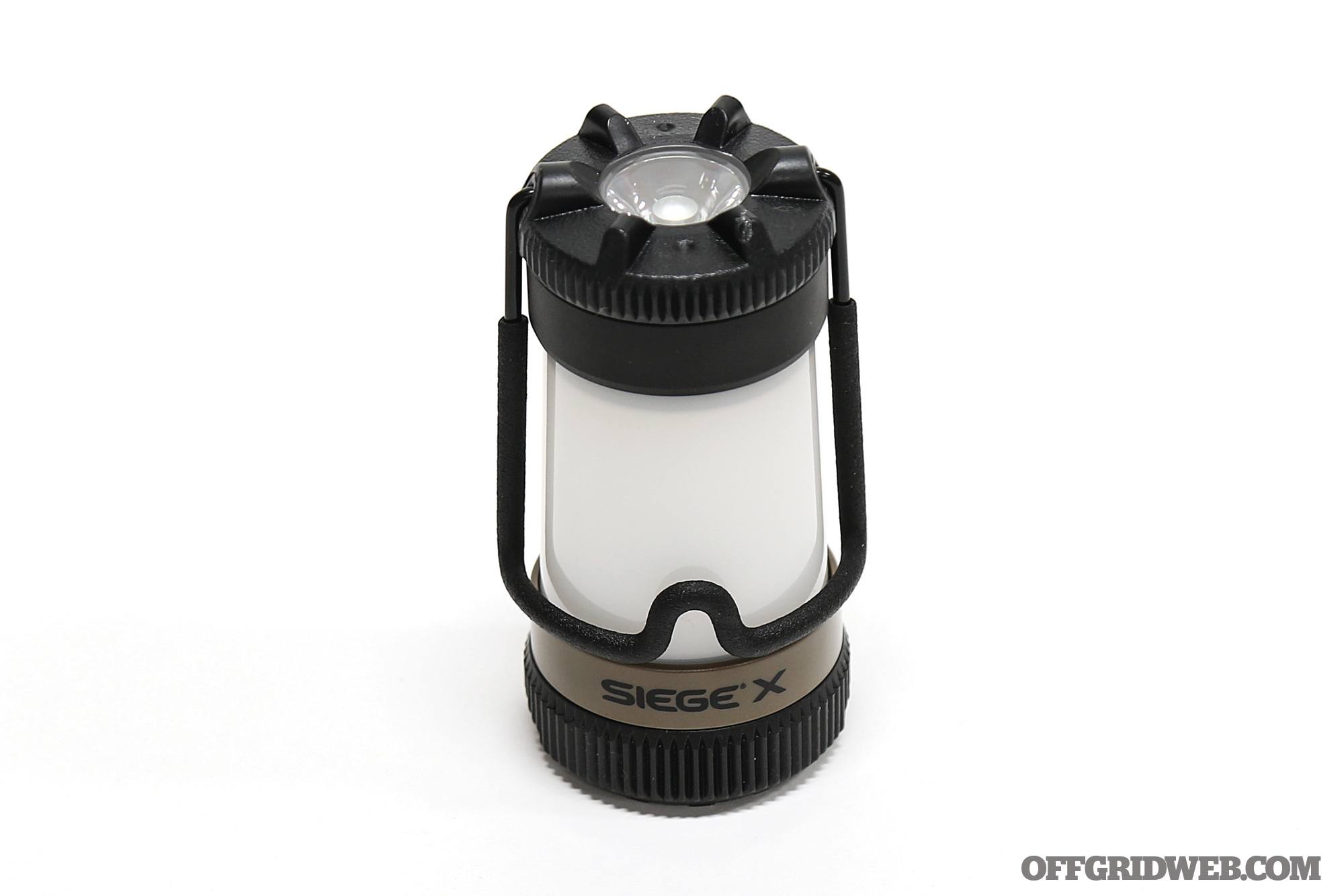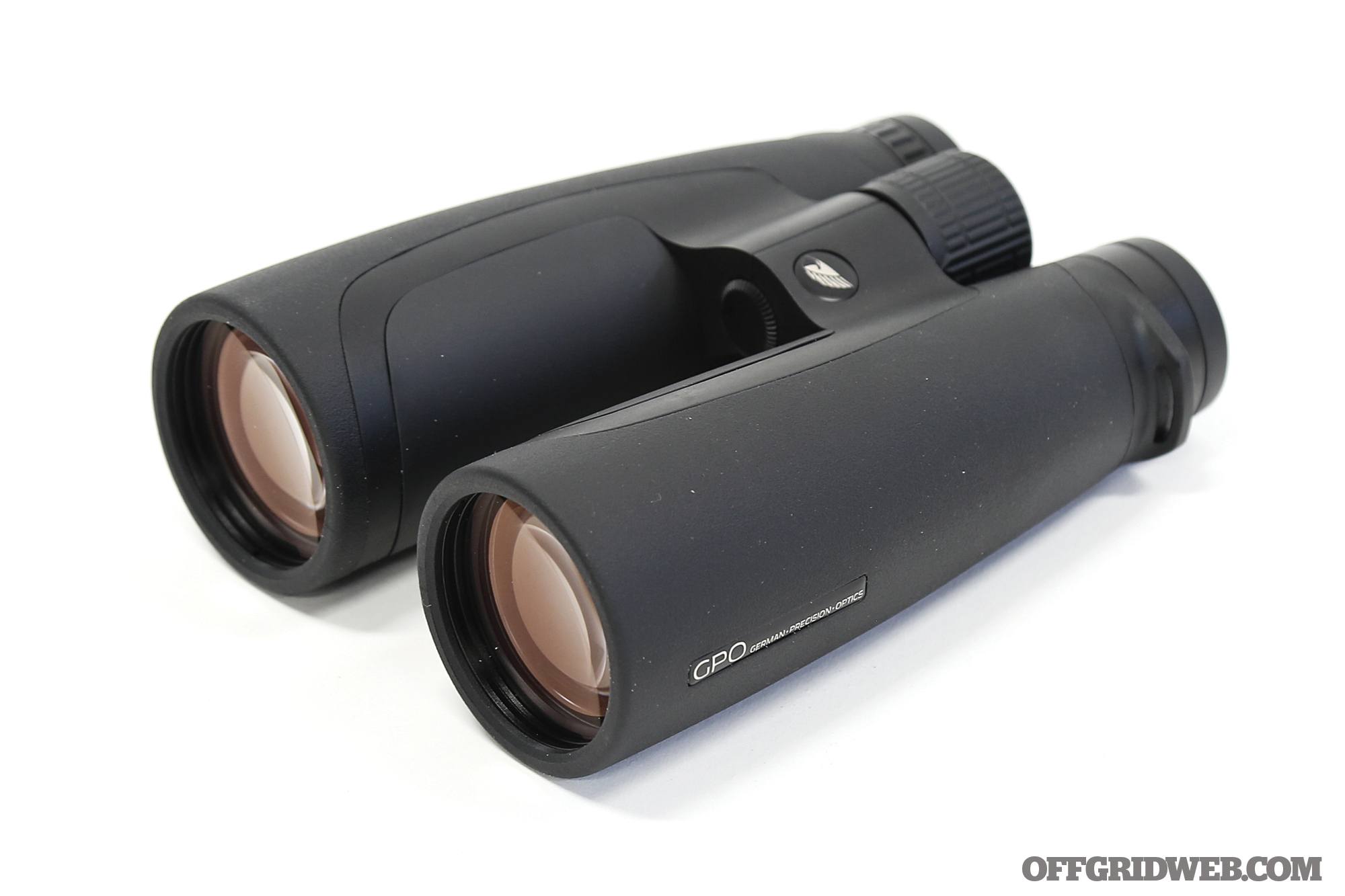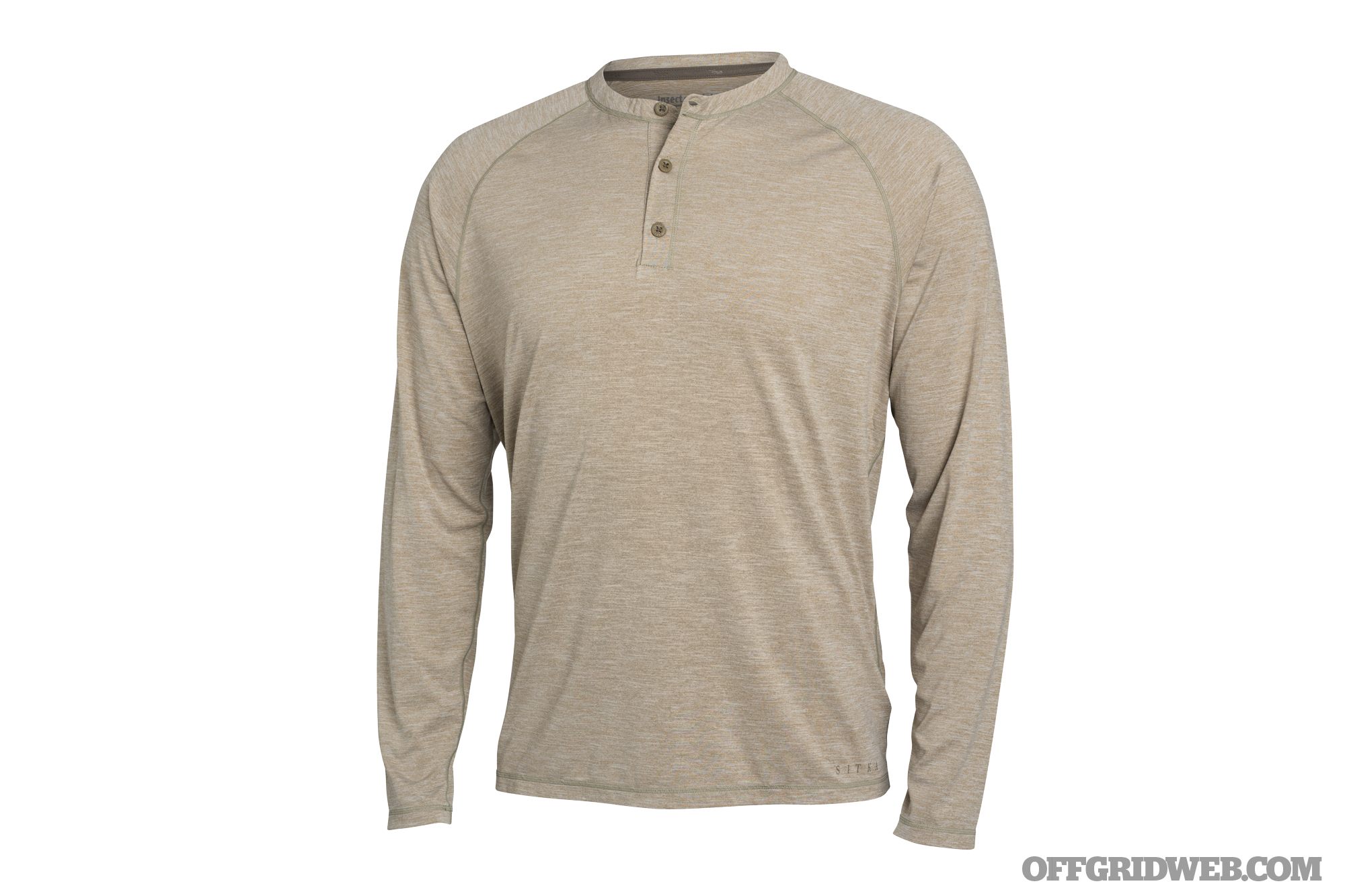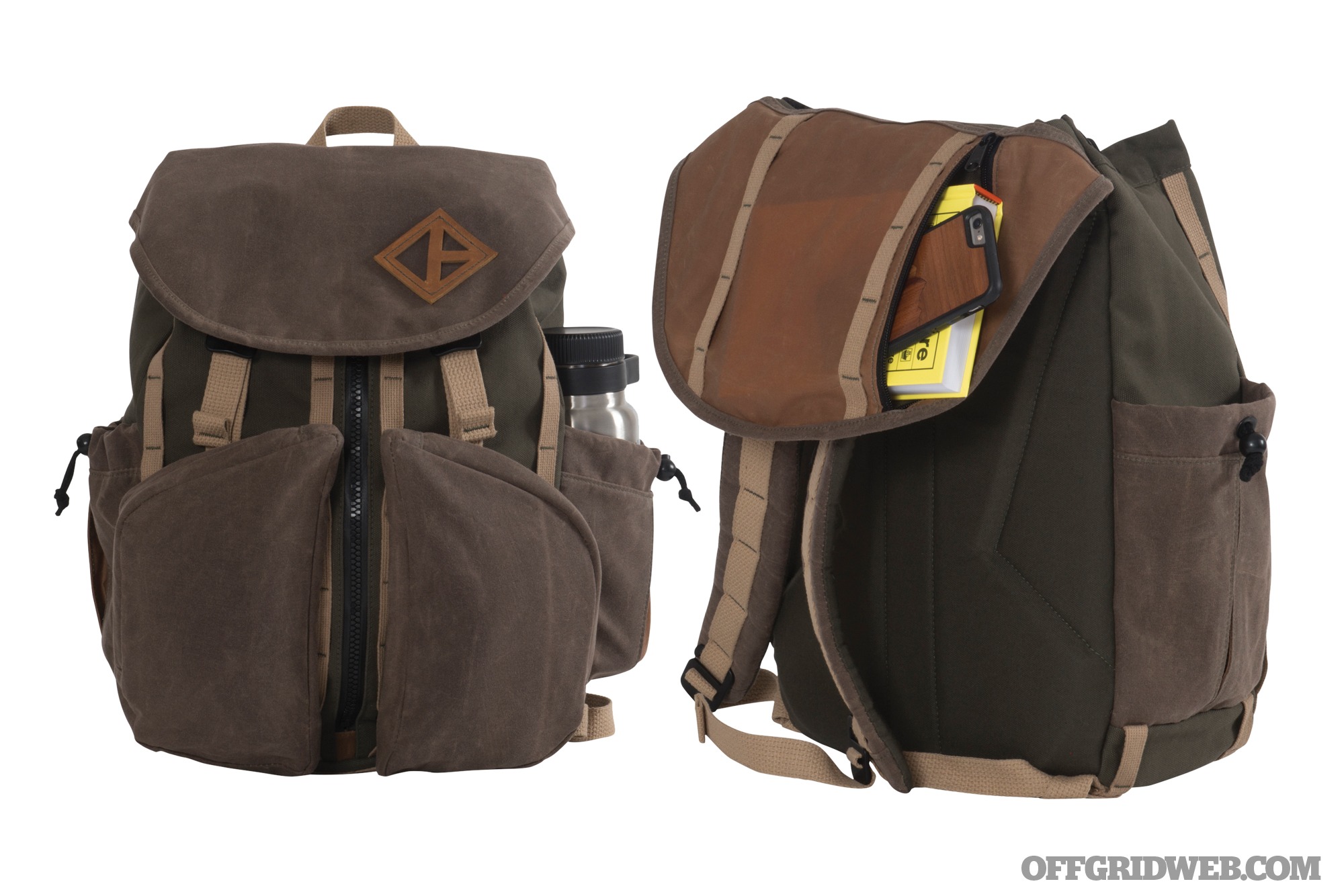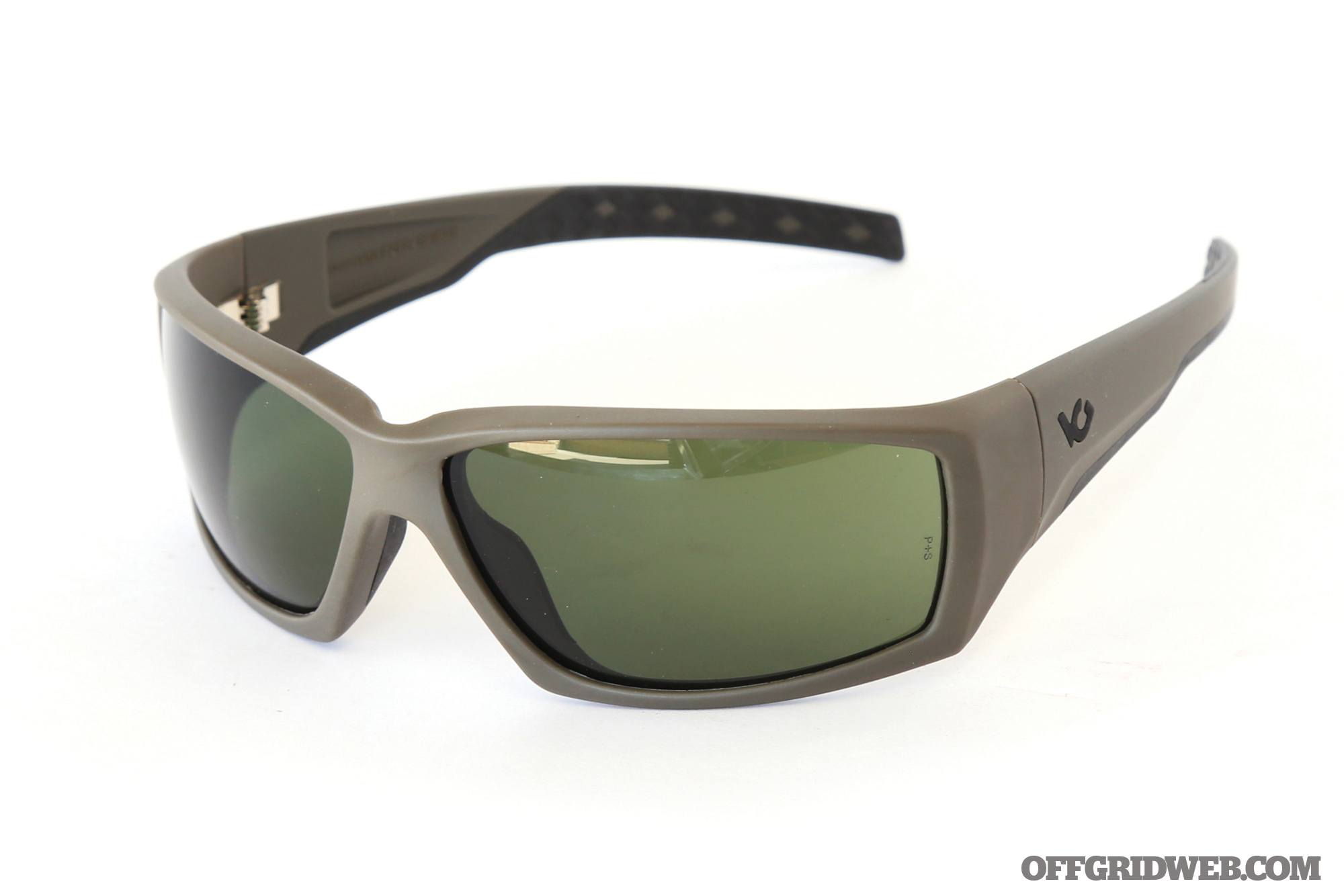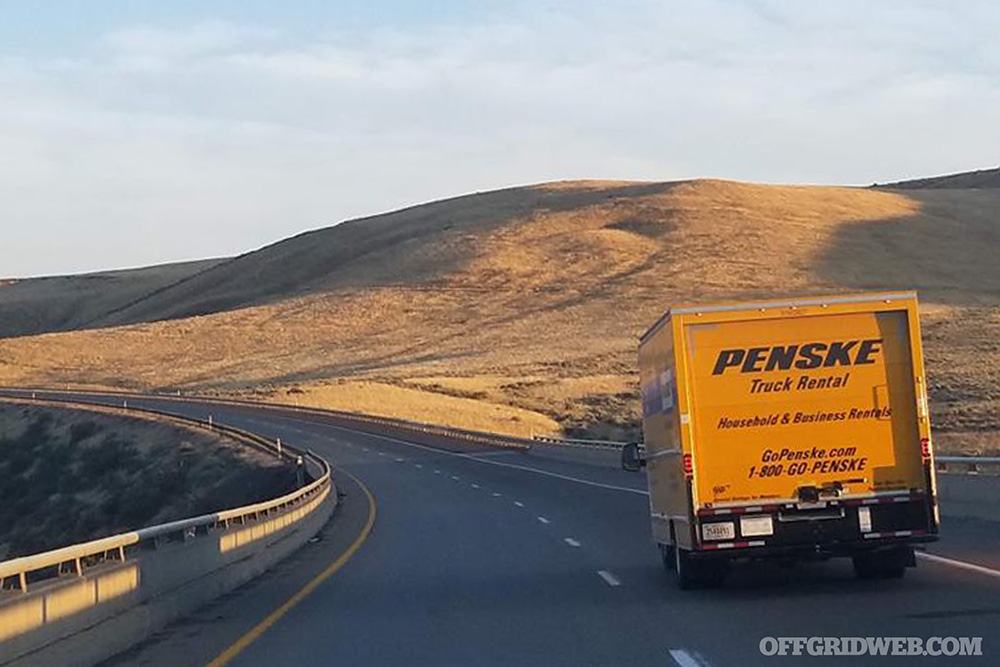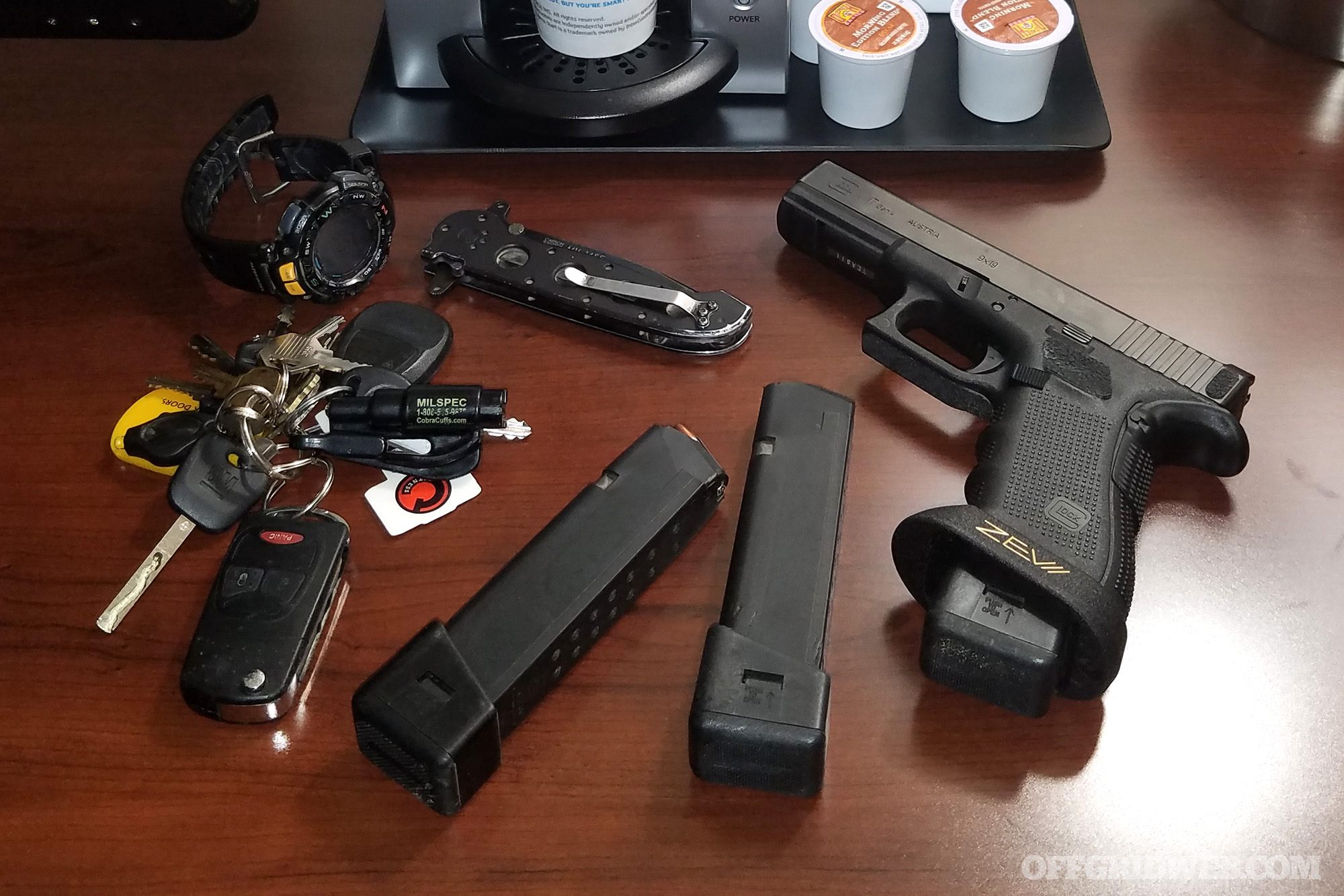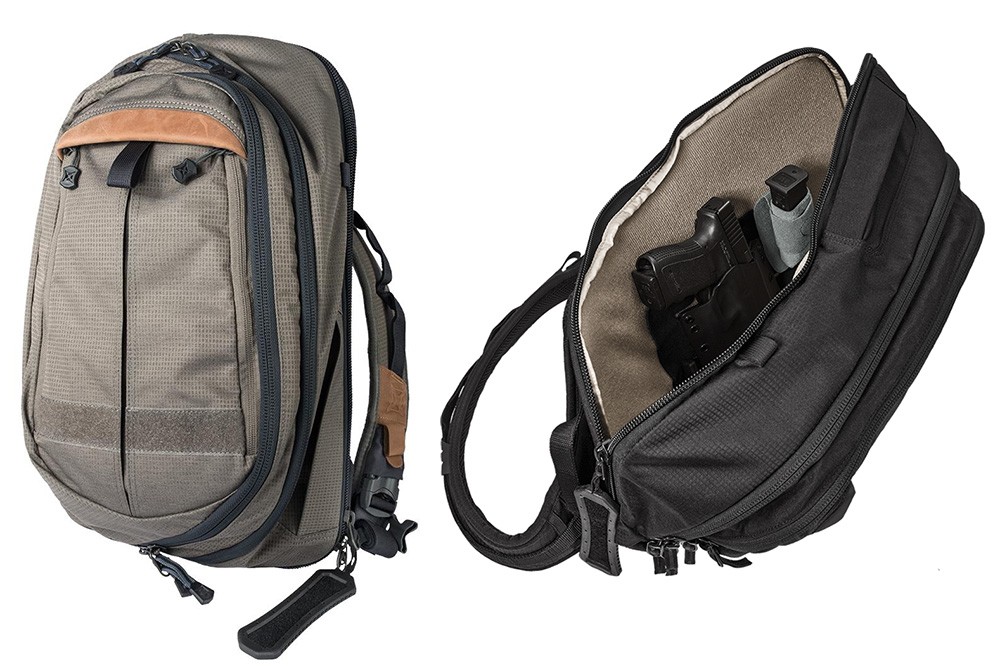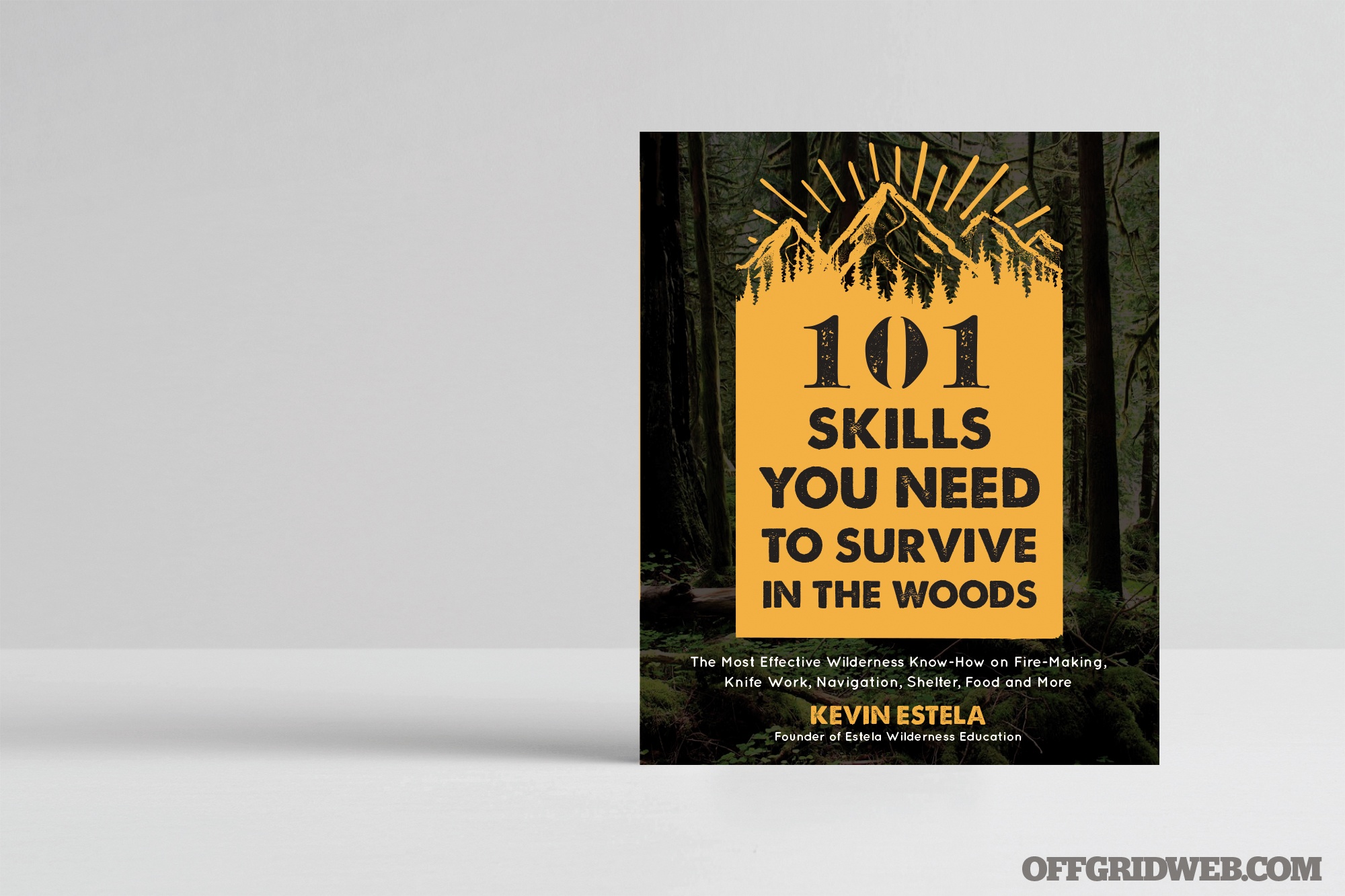Not every self-reliant home is suitable for livestock. You need acreage, and the land would have to support sufficient forage, water, and fencing. You’d need to invest in a working chute to administer vaccines and treat a myriad of health concerns, and marketing the product would require a trailer or a haul bill. But even when cows, sheep, or hogs don’t make sense on a property, bees might.
Honeybees can be kept nearly anywhere, even on a high-rise roof or balcony when local ordinances allow it. They yield a sweetener with an indefinite shelf life, suitable for sale or barter. They can provide wax for waterproofing fabric or treating furniture, and they contribute to the pollination of numerous crops within a two-mile radius of the hive.

Be aware that beekeeping is a different vocation than three or four decades ago. Families with honeybees prior to the mid-1980s may have harvested honey on Independence Day and then not given those hives much thought until the next July 4th, but beekeeping these days requires greater management just to keep the hives going. Our nation has gone from 6 million honeybee colonies at the end of World War II to about 2.5 million today.
Success isn’t guaranteed for all who attempt beekeeping, even if all the textbook wisdom is employed, but it can be a worthwhile endeavor for those willing to accept the risks.
Seven honeybee species exist in the world (none of which is native to North America, by the way). Only two species have been domesticated — Apis cerana (the Asian honeybee) and Apis mellifera (the European honeybee).
A. mellifera is by far the most well-known honeybee in the Western world. First introduced to North America by European colonists, it became known to the Native Americans as “white man’s flies.” And there are over two dozen subspecies of the European honeybee, including those identified commercially as Italian, German, and Carniolan. Russian honeybees are a mite-resistant strain of this species, and the Africanized bees that we read about are any of several subspecies hailing from the African continent.
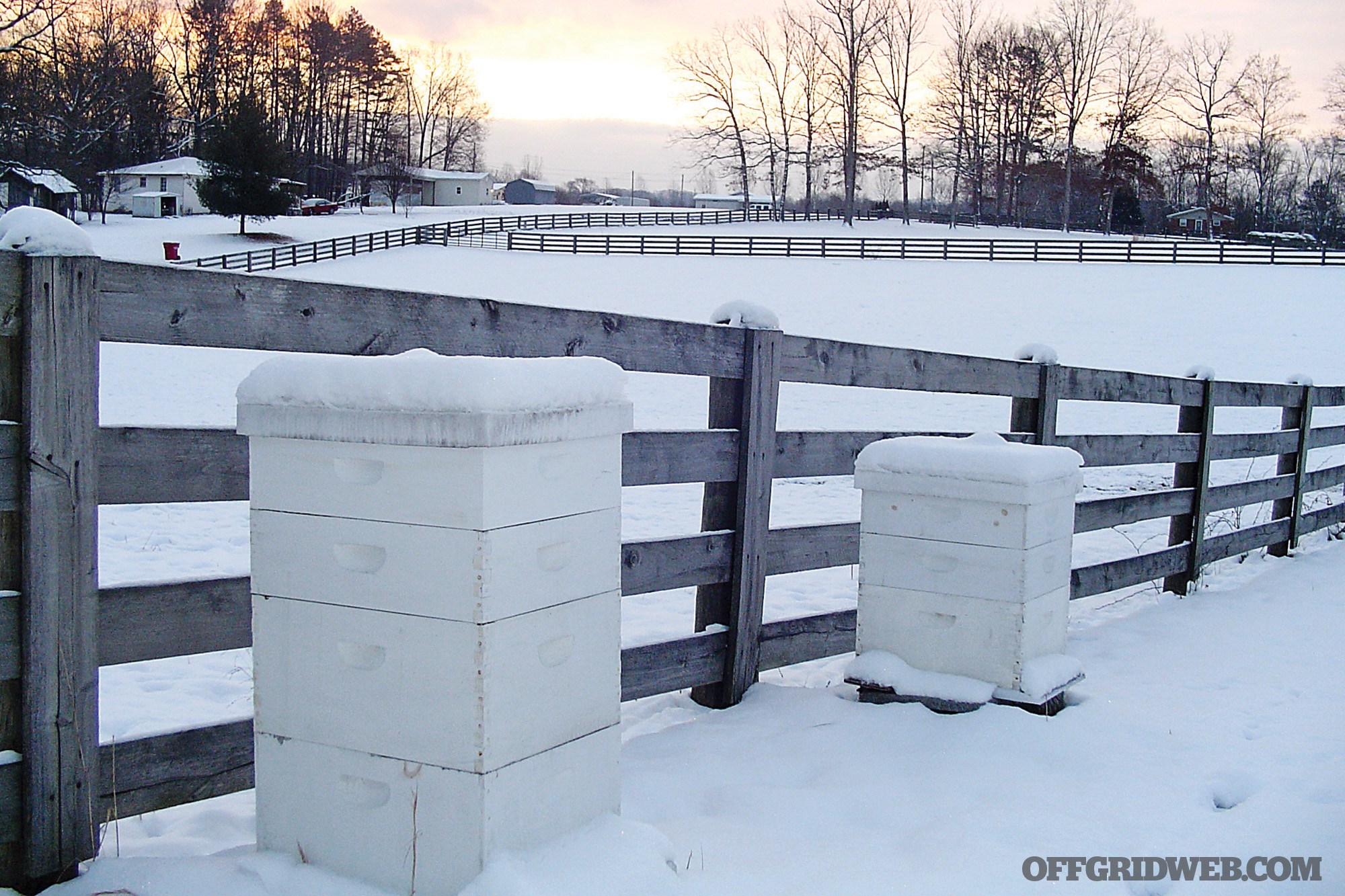
Honeybees overwinter by assembling into a tight cluster inside the hive.
Where Credit is Due
We can all agree that honeybees are wonderful, but is it possible that we’ve placed this specific type of bee on a higher pedestal than we should?
As many as 3,500 bee species native to North America may play some role in crop pollination. In fact, research conducted by Penn State University and other land-grant institutions indicates that the introduction of honeybees to certain fruit and vegetable crops may not increase yields significantly if native bees are present and active.
Why, then, are honeybees still used for pollination services? Predictability. Barring any disease or pest issues, a hive or two in a field practically guarantees 100,000 bees, ready to work. In contrast, native bee populations can fluctuate wildly, and even though they’re more efficient pollinators in many cases, honeybees provide insurance.
The Biology of the Workforce
A healthy colony of honey bees will consist of a queen, workers, and drones. The bulk of the hive is made up of workers, who are all female and only survive for about six weeks during the nectar flow. Workers have the barbed, one-use-only stingers that are familiar to anyone who’s stepped barefoot on one.
Workers can create new queens, and if they deem the population large enough to warrant swarming, or if they decide the current queen isn’t replenishing the short-lived workforce quickly enough, then they’ll favor selected larvae to develop as queens.
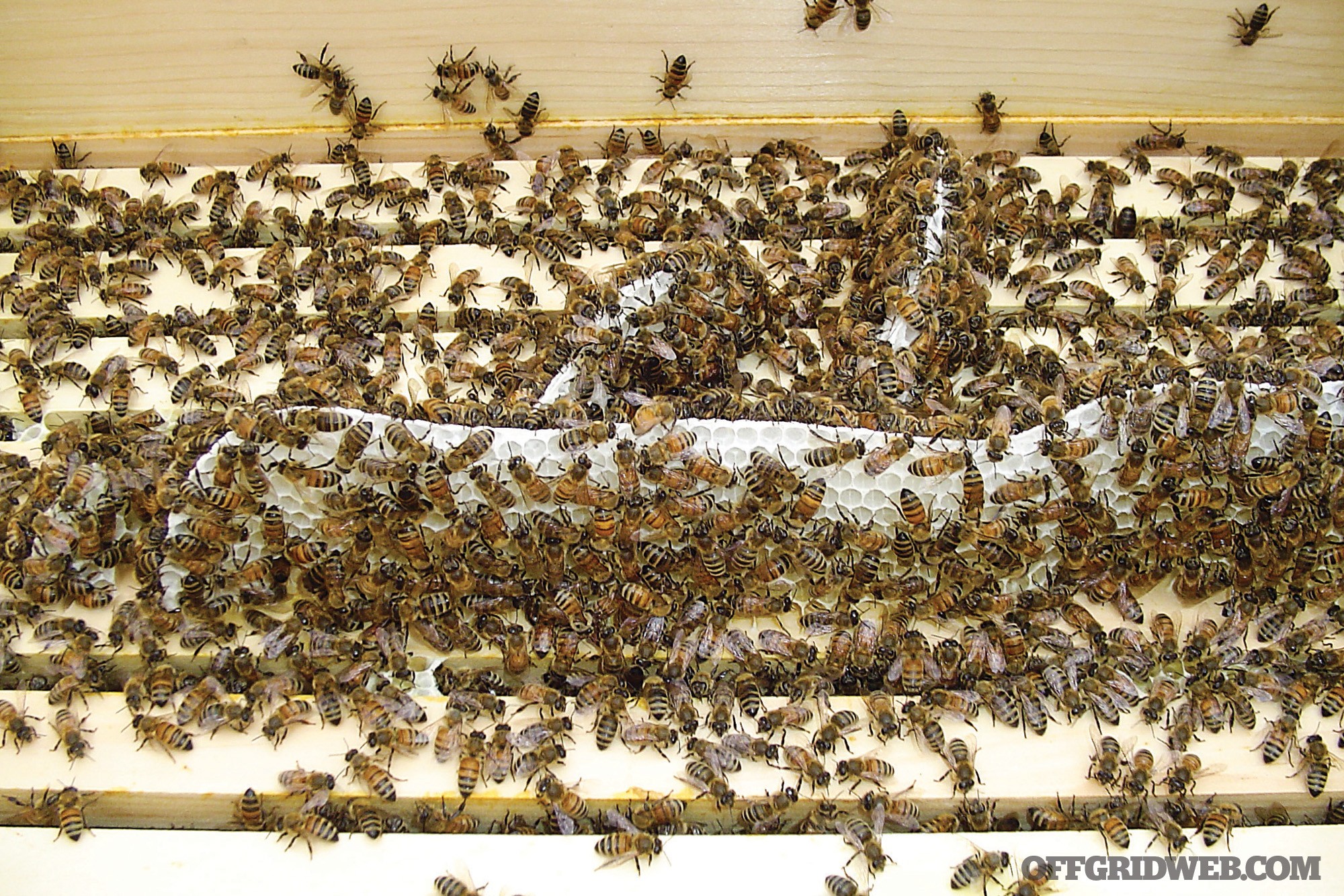
If the spacing is wrong in a hive, your bees may build comb in ways that make management difficult.
Drones are the only males in the hive and make up 15 percent or more of the population. They’re blocky and slow, and their only purpose is to mate with a virgin queen. If the queen is already mated and reproducing at a rate the colony finds acceptable, then the drones don’t have anything to do. They’re convenient for new beekeepers who want to learn to catch a queen and place her in a cage without harm, since they lack stingers.
The queen’s only purpose is to lay eggs — as many as 2,000 per day. Given the short lifespan of the workforce and all the chores that must be done, this role can make or break a colony. An organ called a spermatheca is where she stores all the sperm from her first and only mating flight and gives her the power to decide the gender of her offspring: An unfertilized egg becomes a drone; a fertilized one becomes a worker.
Methods to Consider
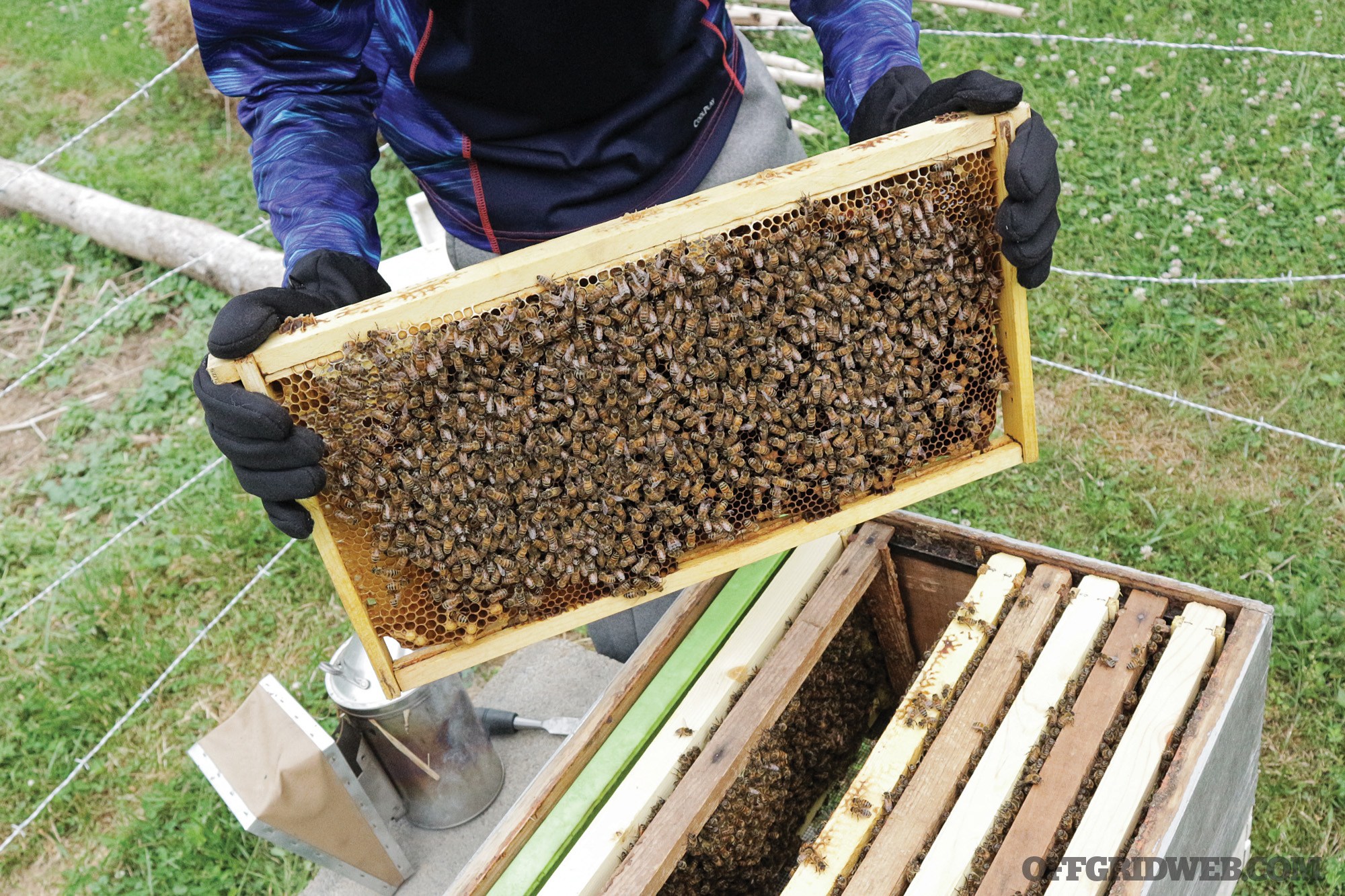
The traditional Langstroth hive is comprised of a series of boxes, each with 8 to 10 frames.
A traditional Langstroth hive is the system most beekeepers employ and is most recognizable. It relies on a box with enough space for 10 removable frames; as the hive grows, additional boxes are stacked on top. Most beekeepers use larger boxes and frames for brood-raising purposes with smaller ones (shallow or medium “supers”) for honey storage.
Top-bar hives are less common but favored by some homesteaders, the argument being that this method more closely mimics how bees build comb in nature. Wooden strips are laid across the top of a trough-like enclosure (made of scrap lumber or even a plastic tote or barrel cut lengthwise). Comb is built onto and hangs freely from the wooden strips, and the colony expands horizontally instead of vertically.
There are certain scenarios where top-bar beekeeping could be a better choice than a conventional Langstroth system:
- When funds are tight.
- If pollination and/or beeswax are higher priorities than maximized honey production.
- The ability to lift a full, 40-pound honey super is an issue.
Of course, there are disadvantages to top-bar beekeeping, and among the greatest of these is the fact that equipment doesn’t translate to standard Langstroths. If you buy or inherit a colony from another beekeeper, those standardized frames may not fit into the top-bar hive easily — not without some carving and wiring of comb, at least.
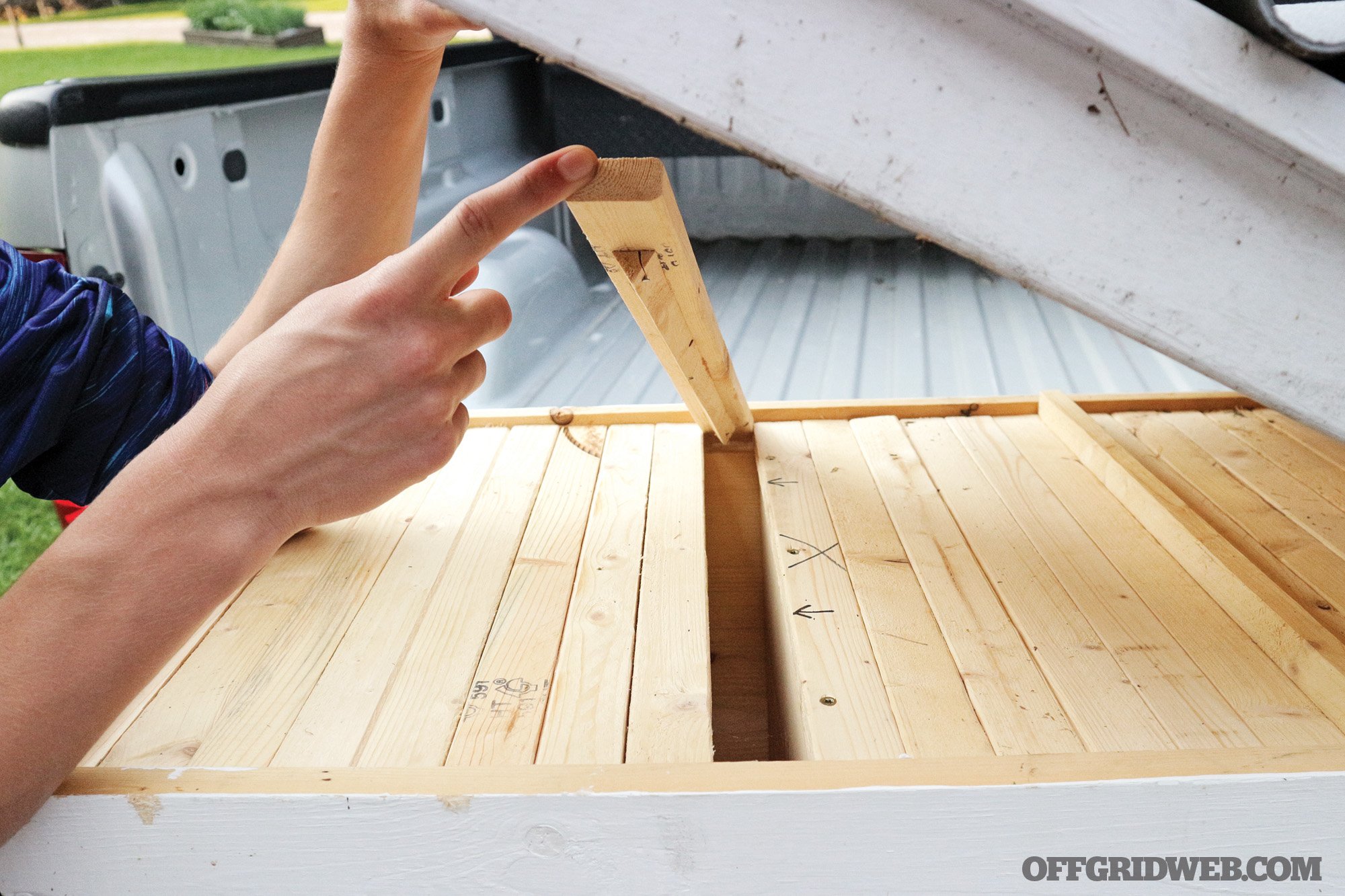
A wedge along the strips of wood in a top-bar hive provide a point for bees to attach comb.
Honey extraction can also prove frustrating with top-bar hives, as most extractors are built with four-sided frames in mind. Trying to sling the honey out of a comb built onto a top-bar is likely to end with a mess, so most top-bar beekeepers either harvest comb honey or they crush the comb and strain out the honey.
It’s possible to combine some of the advantages of both Langstroth systems and top-bar hives into what’s called a Langstroth long-box, using conventional four-sided frames placed into a box. Just like with top-bar hives, the colonies are allowed to expand horizontally.
Swarm vs. Nuc
Once a person has made the decision to become a beekeeper and has settled on a particular hive system, the next step is sourcing the bees. Ask around, or use the internet, to identify reputable beekeepers close to home. You can buy a swarm or colony outright, or you may be able to barter for one.
If there’s a beekeeping association nearby, join it and network your way to a supplier, as most consider locally sourced bees to be advantageous against colony losses. The American Bee Journal lists some of the more established beekeeping organizations in each state on its site: https://americanbeejournal.com/tiposlinks/beekeeping-associations/.
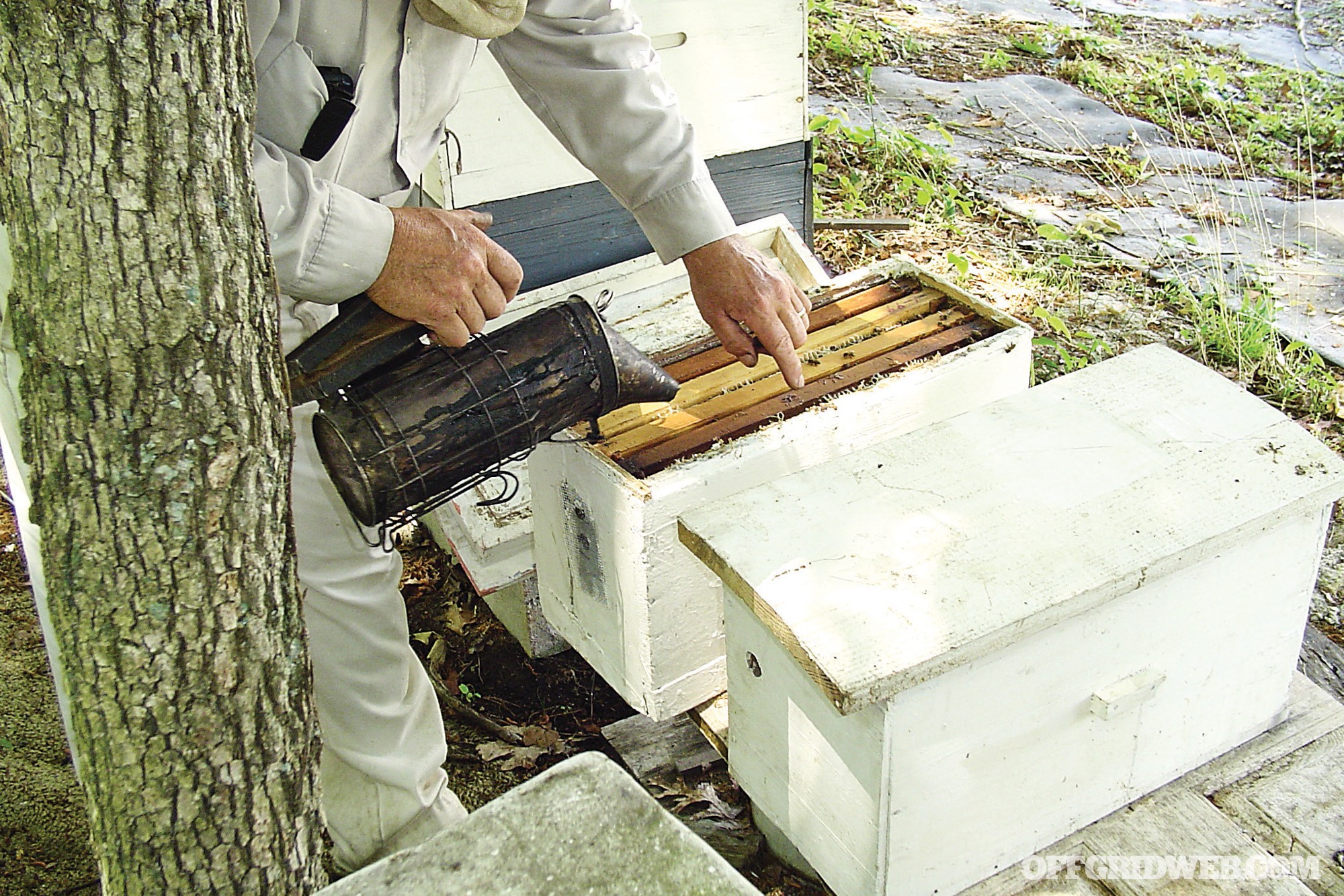
Nuc boxes hold four to five standard brood frames.
You may opt to order from a company instead, and an early decision that you’ll make is whether to buy a packaged swarm or a nucleus hive (aka “nuc”). Kelley Beekeeping (www.kelleybees.com) and Olivarez Honey Bees (www.ohbees.com) are two examples of companies that deal in live bees.
Packaged swarms tend to be a little cheaper and will arrive in a screened box with about 10,000 bees. The queen is separated into a queen cage. You install the bees by removing a wooden cork from one side of the queen cage, placing the cage — in which the queen is still imprisoned by a sugar plug — into the hive and then dumping the remainder of the bees on top of her.

Larger beekeepers often have multiple “bee yards” that they visit and inspect regularly.
By comparison, a nuc is a box of four or five standard-sized frames housed in a wooden or corrugated plastic box. The queen is free and already laying eggs in the cells. The beekeeper simply has to move the frames from the nuc box to the hive, along with some empty frames onto which they can expand.
Cost Considerations
The going price in my area for a three-pound packaged swarm is $140 and a nuc will cost about $165 — this can vary widely by region.
To get the needed personal protective equipment like smoker, hive tool, and woodenware for two complete hives, expect to invest about $400. So, if considering two hives and two nucs, the cost will be in the neighborhood of $730.
Two hives will allow the new beekeeper to compare and contrast and also swap out brood if something happens to one, but you can always start with a single hive, which would bring the cost down considerably.

Inside a peanut-shaped cell, a new queen is developing.
Other ways to lower the investment would be to make your own woodenware or to get placed on your local Extension Service’s swarm removal list. Each state has a Cooperative Extension Service affiliated with a university in that state, and there’s likely to be a Cooperative Extension Service office in your county that offers a range of agricultural education and outreach. Contact them and request to be added to their swarm removal list if they maintain one. However, if you want to catch a swarm, it would be wise to enlist the help of someone experienced, especially your first time out.
Making your own woodenware is yet another way to shave a few dollars off a beekeeping investment. Some beekeepers have had success with “bait hives,” using lemongrass oil to draw scout bees in search of a new home for a swarm.
Buying used woodenware is tempting, but it’s not recommended. American foulbrood is a bacterial disease that can destroy all the larvae in a colony, leaving behind decaying brood and an unpleasant smell. The spores of American foulbrood can remain dormant in old equipment for 40 years. (A state department of agriculture may utilize quarantines to halt the spread of this disease, or infected hives may be burned. If you opt to treat American foulbrood — or any other diseases — with antibiotics, federal legislation that went into effect in 2017 requires a veterinarian’s prescription.)
First Season Duties
Once the bees arrive and are installed in their new home, it may be prudent to stimulate brood rearing by feeding them sugar water for a short time, especially if they arrive before native bloom is abundant. Commercial feeders are available from supply catalogs, or simply fill a zippered freezer bag with the solution, laying it on the top frames and making a few feeding slits with a razor blade.
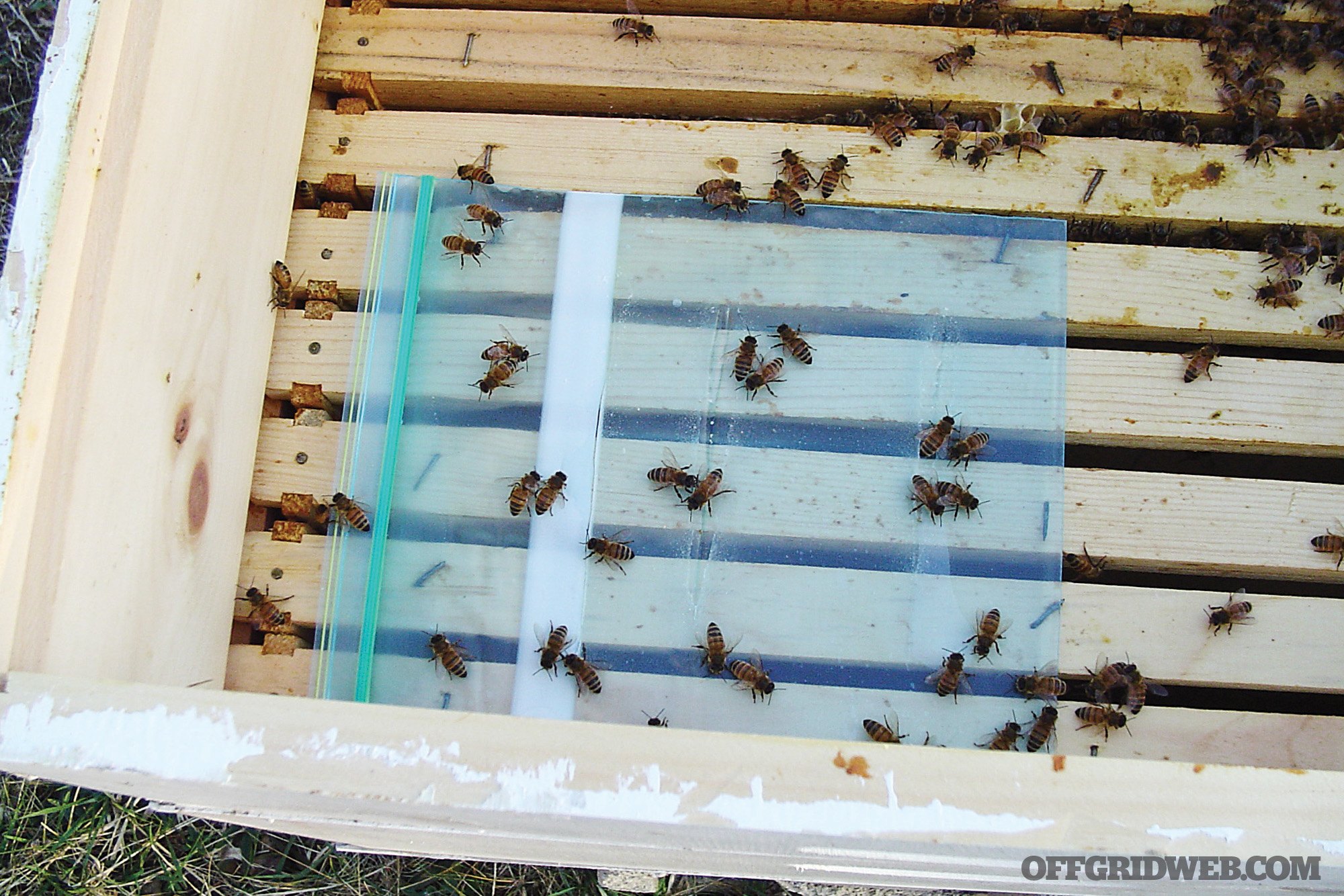
A freezer bag with sugar water and razor slits is a cheap and effective feeder.
It’s good to check on the bees to make sure the queen is doing her job and that no other issues have arisen, but new beekeepers should resist the urge to open hives too often.
If you’ve gone with packaged swarms, it’s good to make sure the workers have set her free from her cage after a couple of days.
Assuming all is well with the queen, an inspection every couple of weeks should be sufficient. Check their stores. The ideal scenario is to see a rainbow pattern on the frames, with capped brood, pollen, and honey. Keep an eye out for peanut-shaped queen cells, which could signal that either the hive is getting too crowded or there’s a problem with the current queen.
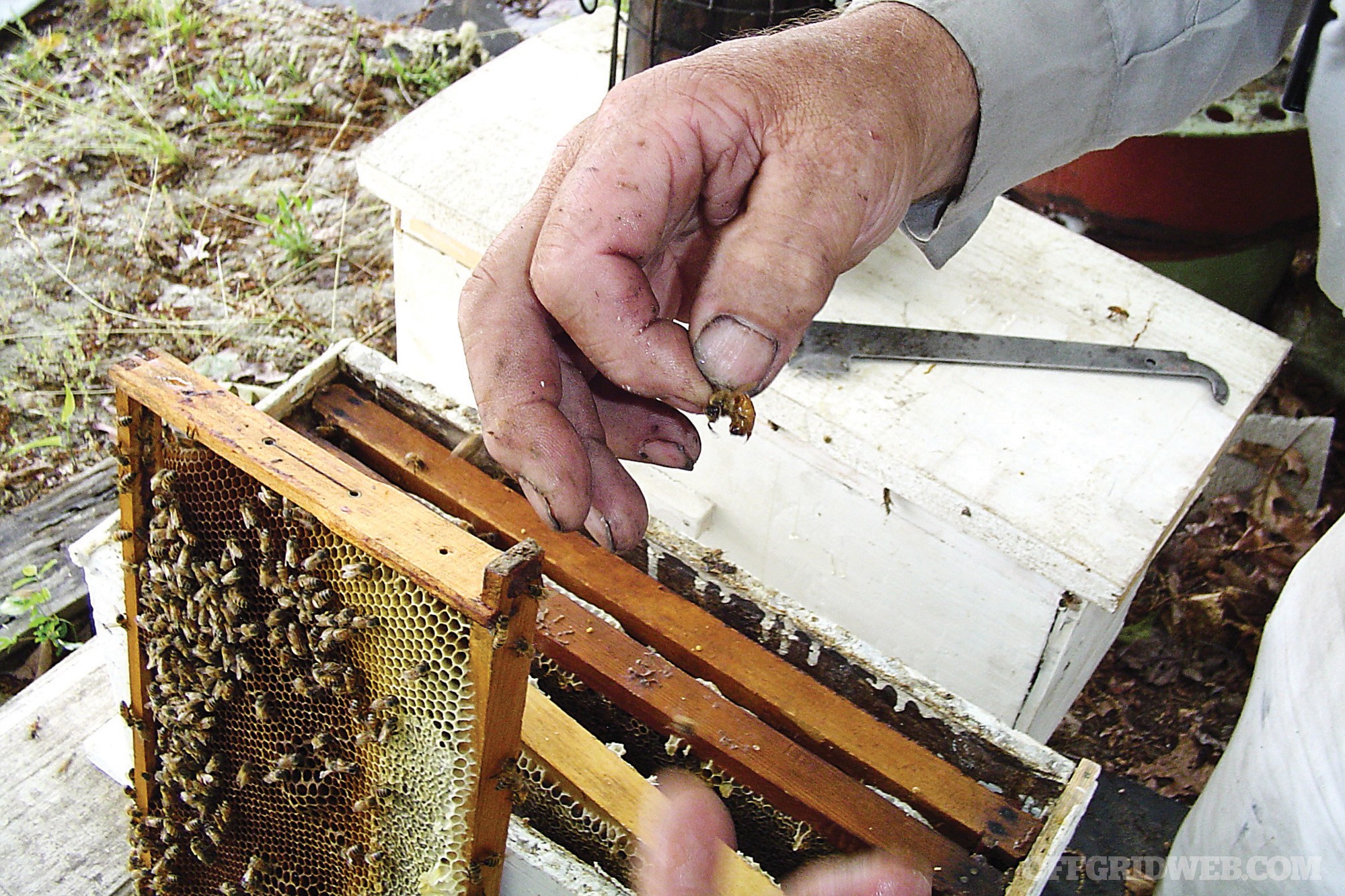
Catching a queen without injuring her takes practice.
Recruit an experienced beekeeper to help with the first inspection or two. See if you can find the queen on your own. Check that she’s systematically moving from cell to cell, depositing eggs.
If you make friends in your local beekeeping association or you already have a beekeeper in your circle, ask him or her to help you with your first inspection or two. Let them coach you in finding the queen and observing her egg-distributing behavior.
Weather does make a difference when opening hives. A new beekeeper will soon learn that his or her bees are much more cordial on calm, sunny days.
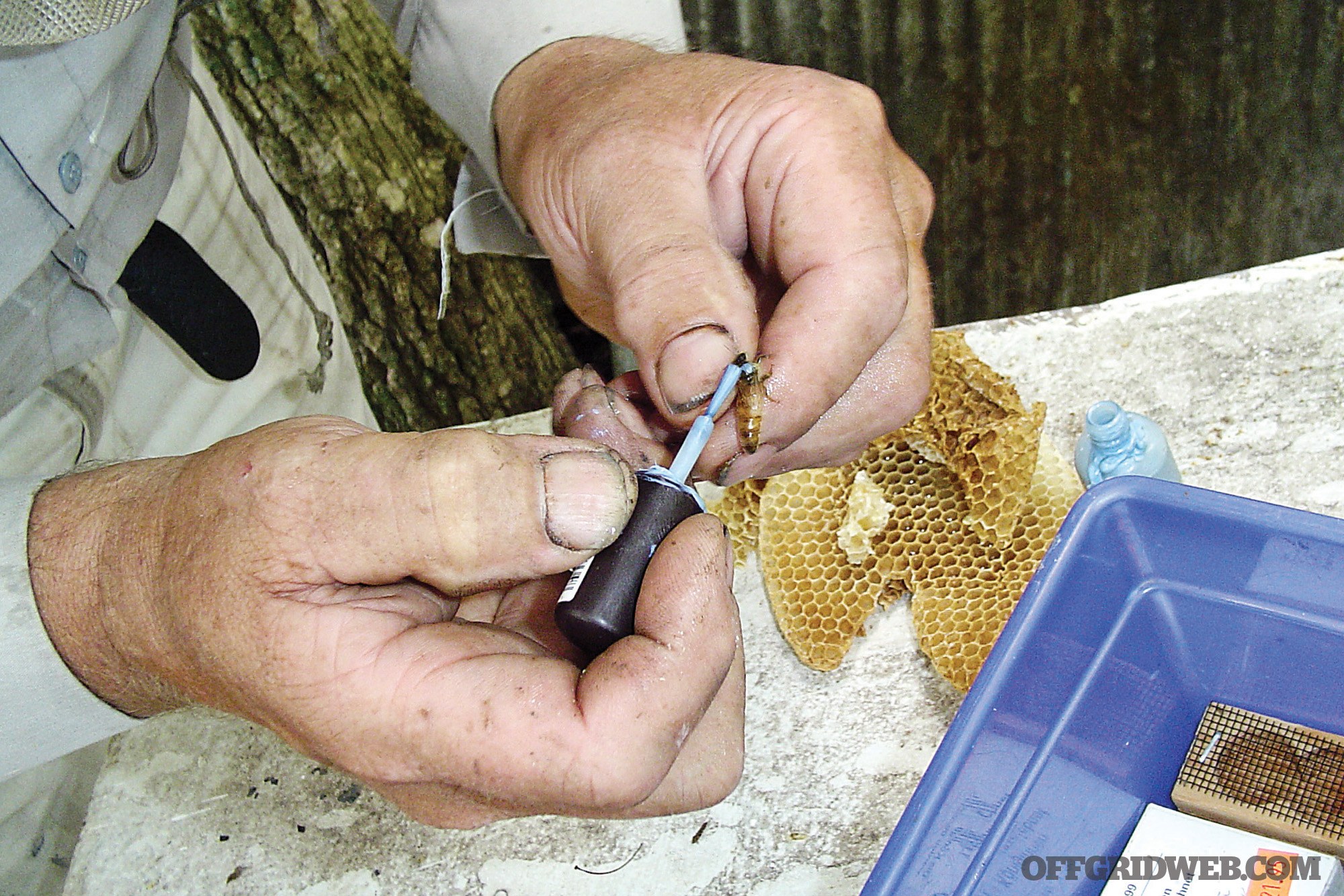
Above: Many beekeepers mark their queens so she can be easily spotted. A different color each year can reveal her age at a glance.
Diseases and Pests
Beginners all too often get overwhelmed with all the potential issues within a hive. It’s good to be aware and prepared, but local, experienced beekeepers will be the best source to prioritize the threats in a particular area.
Varroa mites, tracheal mites, and small hive beetles are all relatively new pests to American hives. Wax moths and European foulbrood have been around a lot longer. There are steps that can help prevent some of these, as well as a growing arsenal of products to enlist for treatment. American foulbrood is a fatal hive disease, and the conventional treatment has been to burn the hive, but your state apiarist (accessed through your state’s department of agriculture) will be able to tell you the prevalence of this bacterial disease in your region.
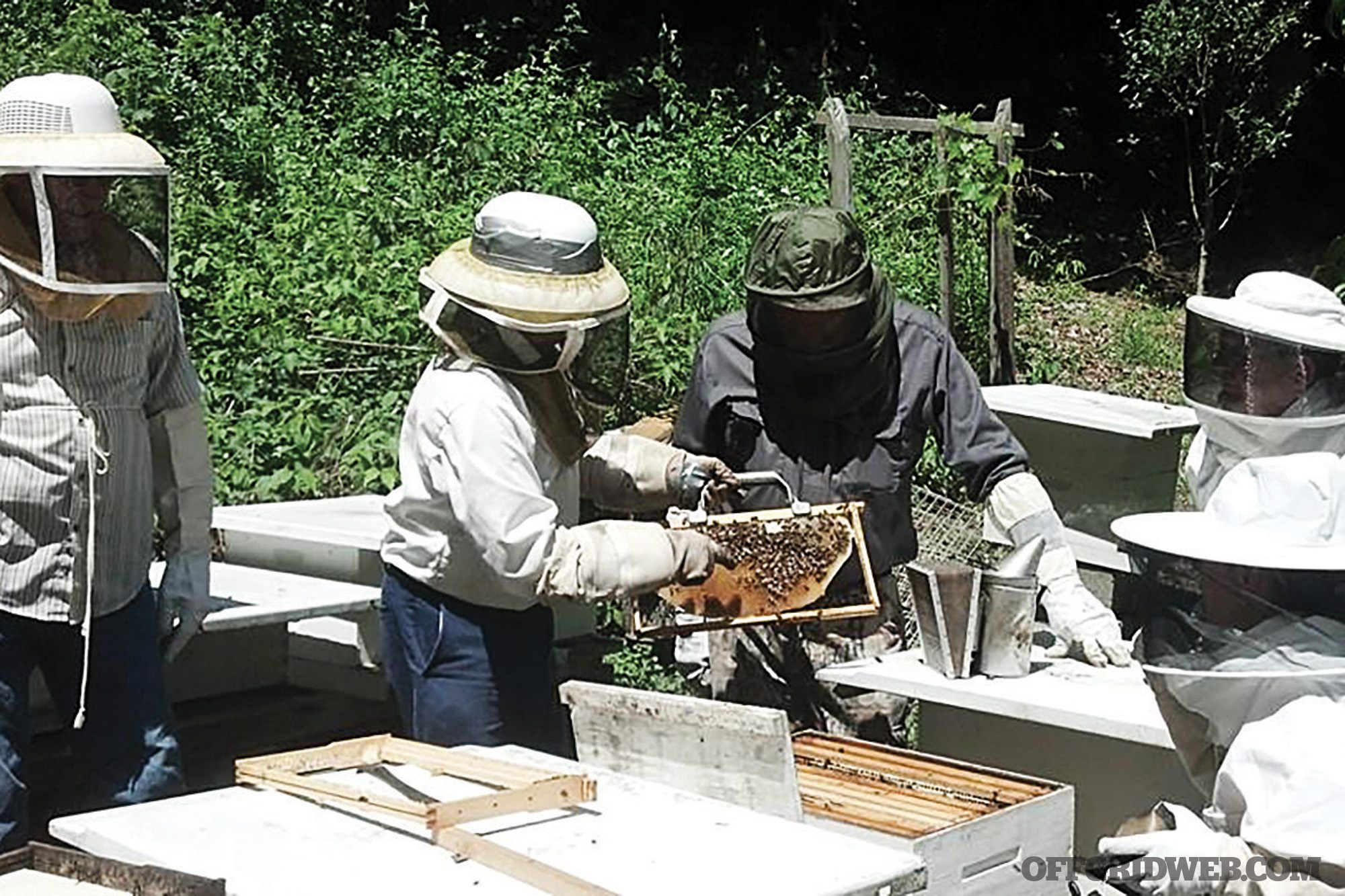
Joining a local beekeeping club is a good way to learn.
Mammals can wreak havoc on hives, too. Bears and skunks both crave the protein provided by larvae, and the only reliable way to keep them out of your hives is exclusion through fencing. With bears, a properly erected electric fence is recommended, which can cost $300 or more once you purchase posts, wires, and a solar charger. Thieves and vandals may also be a concern, depending on circumstances.
The mysterious Colony Collapse Disorder (CCD) has gotten much media coverage, but oftentimes, CCD gets the blame for poor management or other issues. Data would indicate that fewer hive losses are being attributed to CCD, as scientists still work to determine exactly what it is.
Africanized genetics are a problem in parts of the country, resulting in colonies that swarm often and defend their hives aggressively.
Strive to learn the basics of what you may encounter, and then learn how to inspect for those issues periodically — preferably alongside someone who’s dealt with those problems before.
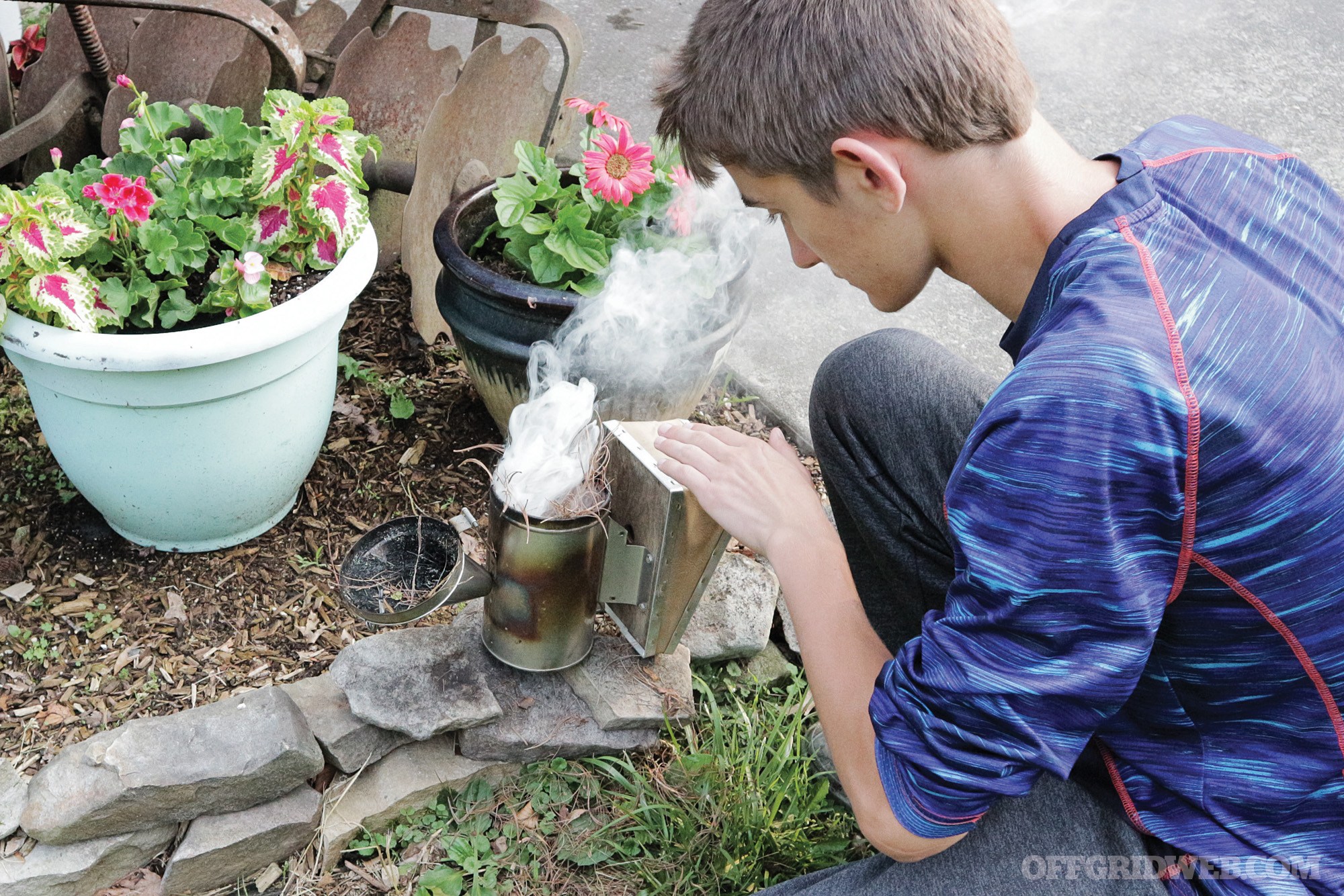
Fuel for a smoker can include wood chips, cotton cloth, cardboard, pine needles, etc.
Safety and Legalities
Speak with a physician about prescribing an epinephrine injector, in case of a bee allergy. There are stories out there of experienced beekeepers who suddenly had a reaction after years of working with bees, so even if you aren’t aware of a family member having an allergy, it’s still a good idea to have protection on hand.
Check with your state’s department of agriculture about the inspection process. Inspections may be on-request or possibly recommended for certain suspected problems. It will differ from state to state. Moving bees across state lines may require a certificate of health, but contacting your state apiarist should confirm whether that’s the case. Of course, suspicion of Africanized genetics, American foulbrood, or other serious problems will usually warrant a formal inspection.
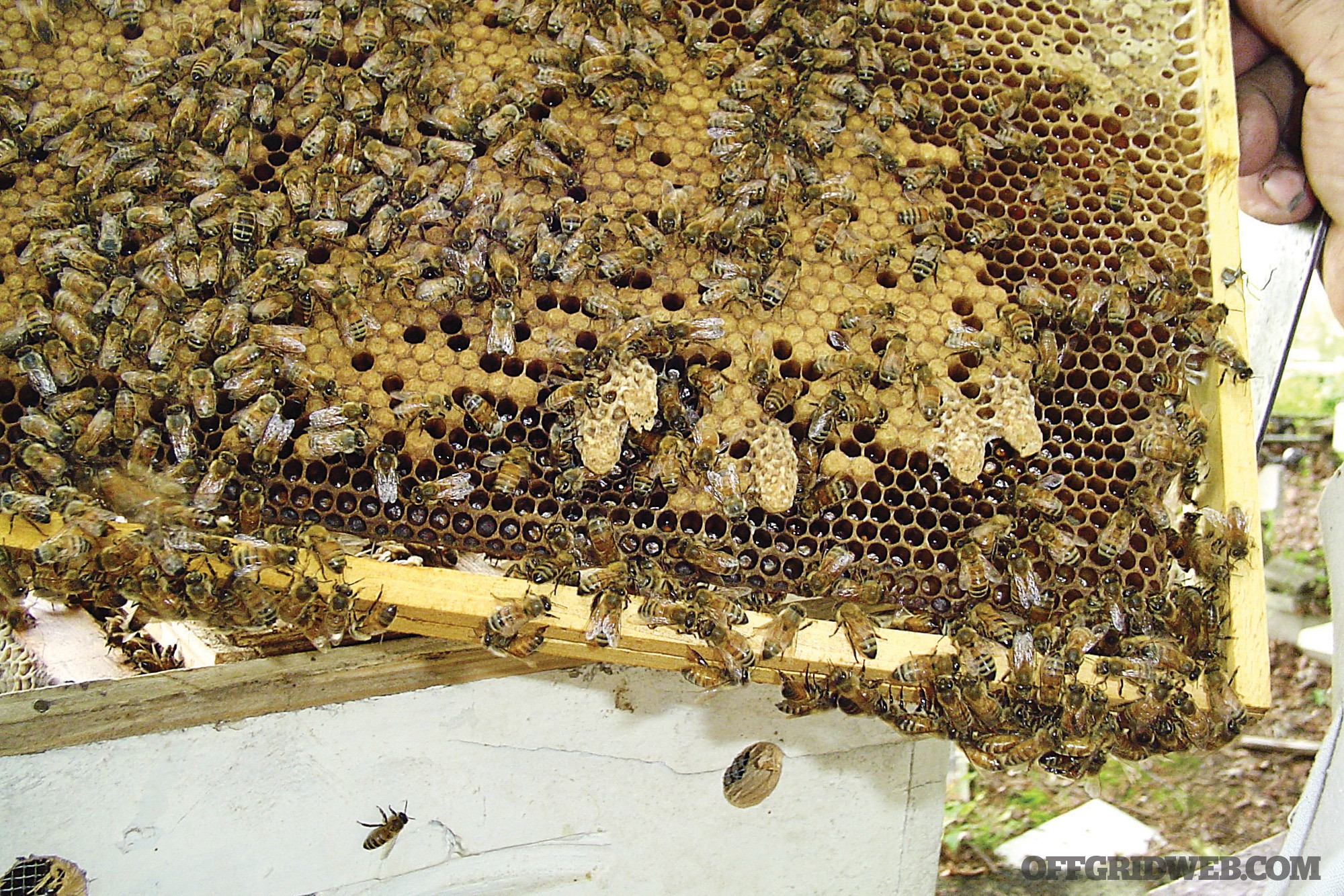
Multiple queen cells are evident on this frame.
Certain localities may have ordinances regarding bee yard locations, although many towns have tighter restrictions on chickens than they do on bees.
Beekeeping isn’t without its frustrations, and beekeeping today is more challenging than ever. But if you’re able to dodge the onslaught of enemies, from bears to mites, what you’ll gain is as good as gold. Before taking the leap, it’s important to arm yourself with knowledge and, if possible, to connect with a mentor or two.
About the Author
Phillip Meeks is an agriculture and natural resources educator originally from Tennessee, but now based in the mountains of Southwest Virginia. He likes to spend his weekends hiking, gardening, beekeeping, fishing, and mushroom hunting.



